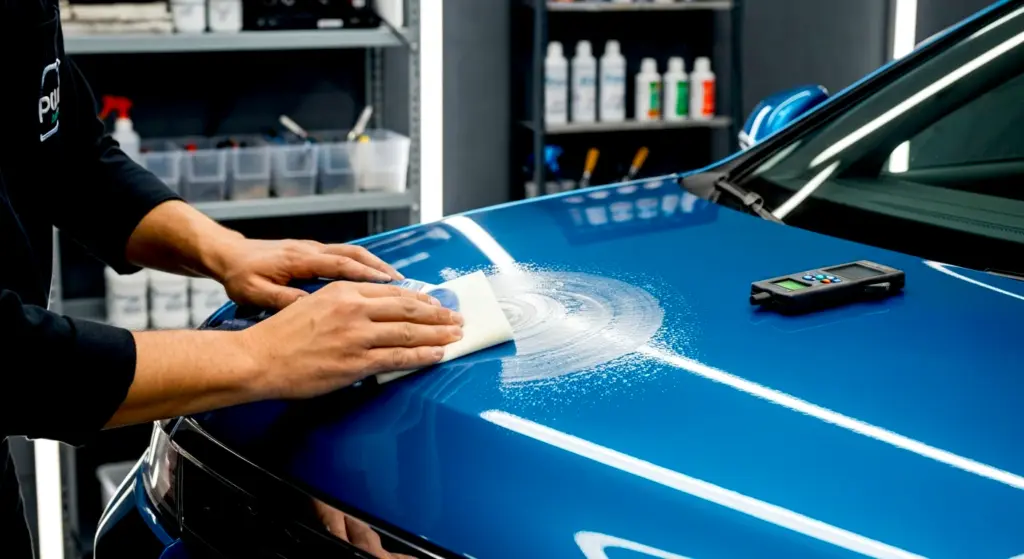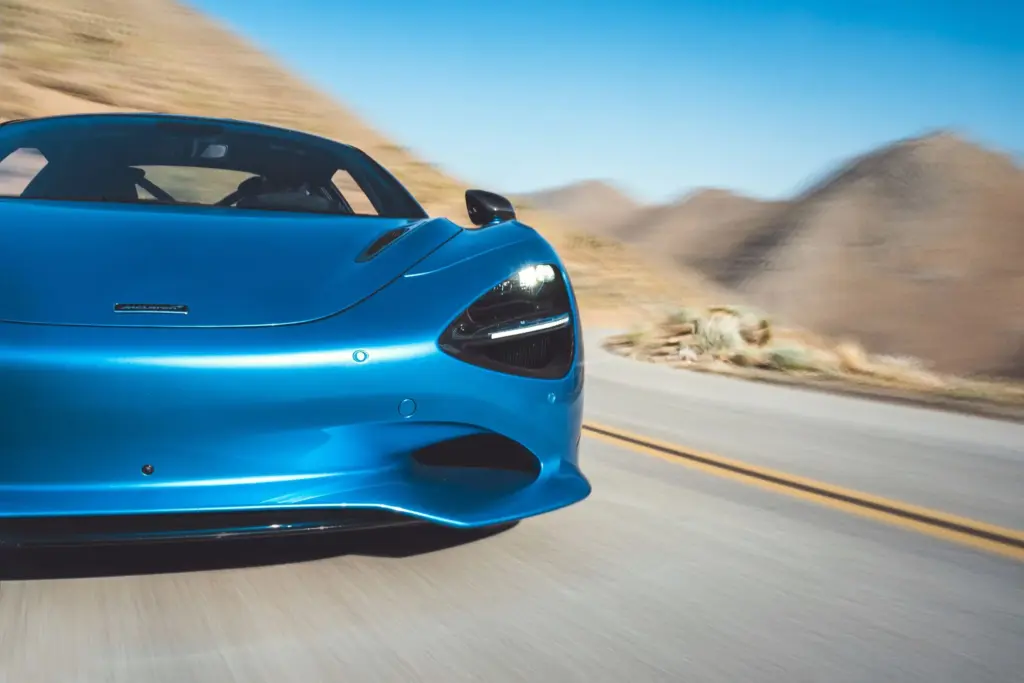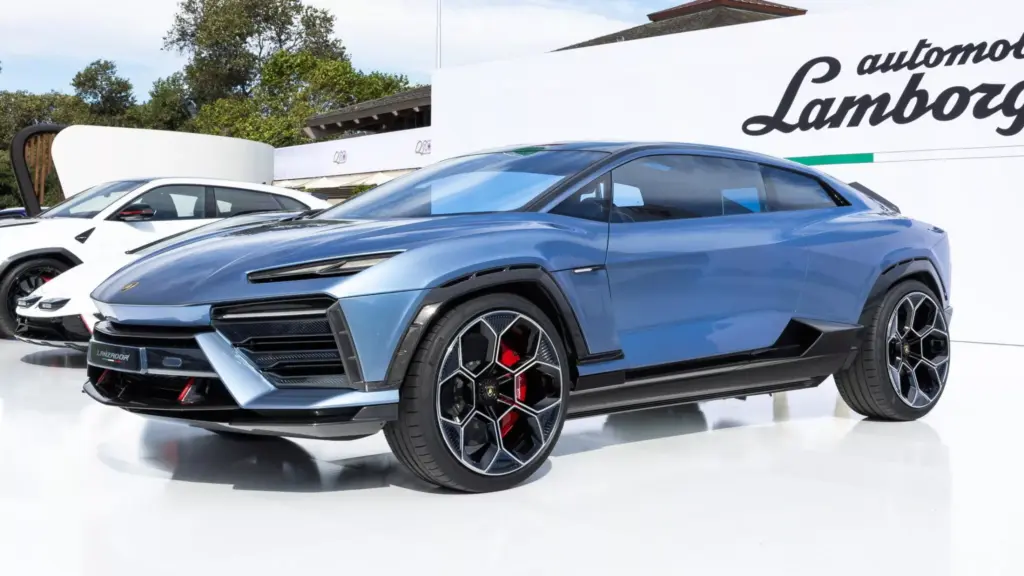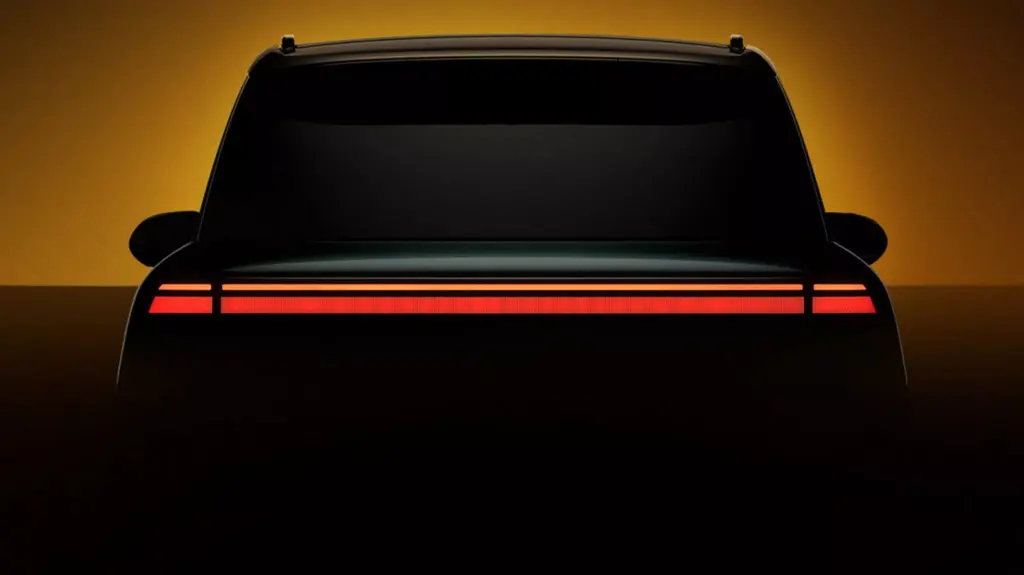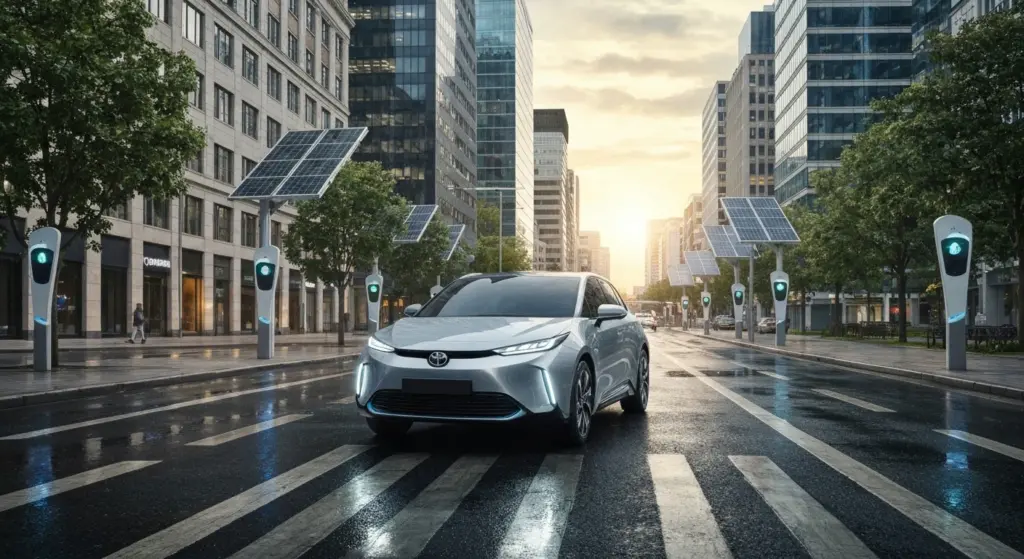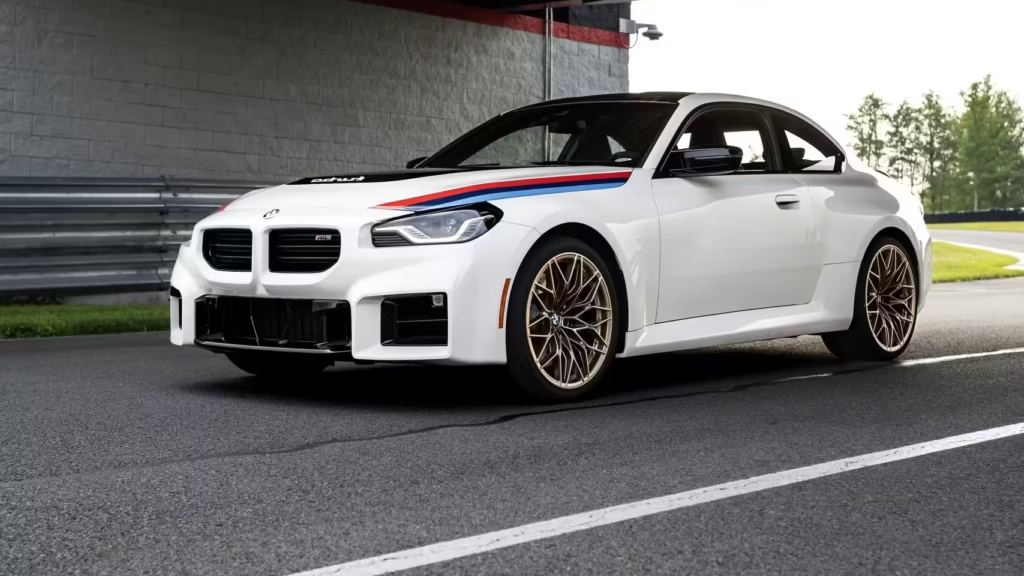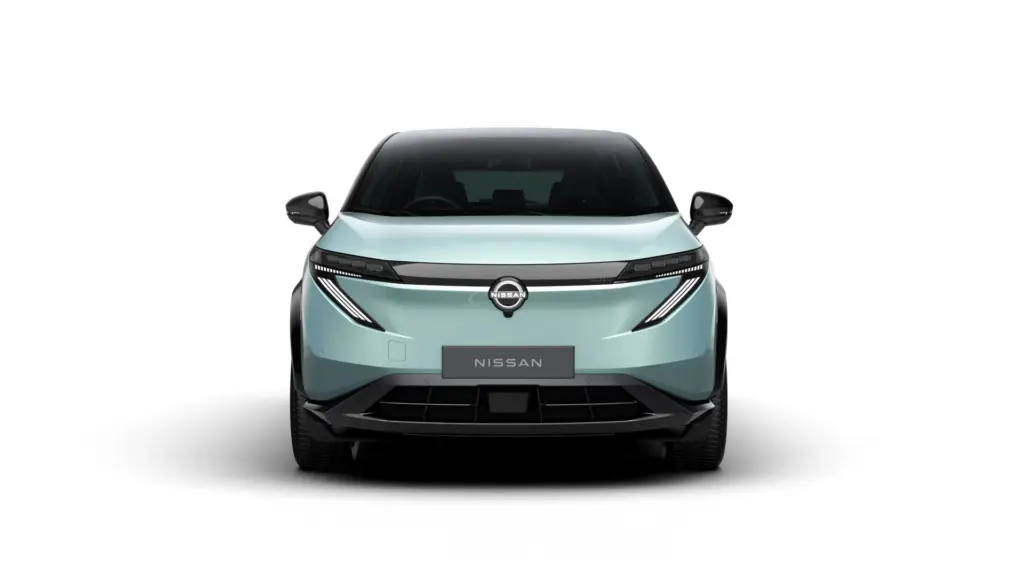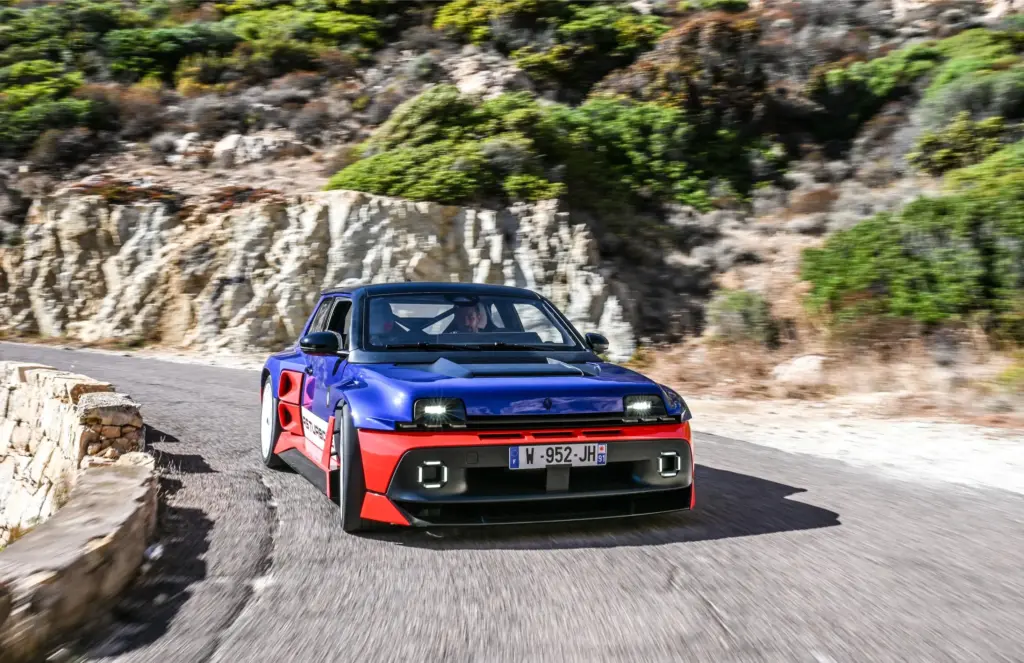Hello, car and technology enthusiasts! Today we’re diving deep into the specs of the 2025 Tesla Model 3, the latest update to the electric sedan that (to some extent) popularized Elon Musk’s brand. To bring you the most accurate information, I cross-referenced data from official and reputable sources in key markets like the United States, Japan, China, and even checked out the latest performance news reported in Brazil, always seeking the freshest and most reliable info without directly naming websites, but using their data for the numbers you’ll see.
Overview and What’s New: What’s Changed in the 2025 Model 3?
The 2025 Model 3, internally codenamed “Highland” during development, retains the sleek four-door sedan silhouette and its 100% electric DNA. However, it’s not just a pretty face; Tesla has brought significant improvements in crucial areas like powertrain, efficiency, and the onboard experience.

The Performance version, for example, received a sizable power boost, now delivering an impressive 517 hp. This translates to acceleration from 0 to 60 mph in a stunning 2.9 seconds (in the Performance AWD variant), a time slightly quicker than the already insane 3.1 seconds of the previous generation, as reported by sources like Quatro Rodas.
Range, always a vital point for EVs, also improved. The Long Range AWD version now boasts an EPA-estimated range of 298 miles (approximately 480 km), a notable increase over the previous model’s 282 miles (~454 km), according to data from the official Tesla website. Small variations may exist depending on test methodology, but the progress is clear.
Inside, the cabin is now more high-tech and refined. Besides the well-known giant 15.4-inch central touchscreen, there is now an additional 8-inch rear screen for backseat passengers. Tesla also promises lower touch latency on the screens, higher-quality seats, and the introduction of native 5G connectivity. This enhanced connectivity is part of the ecosystem Tesla is building—something we also see evolving in other models like the 2025 Tesla Model Y (Juniper).
Energy efficiency, already a strong suit, has been improved. The entry-level RWD (Rear-Wheel Drive) version can achieve up to 4.5 miles per kWh on the EPA cycle, showing Tesla’s ongoing efforts to optimize energy consumption.
Detailed Versions: Which Model 3 Is Right for Me?
Choosing the right Model 3 version depends a lot on your priorities: price, maximum range, or breathtaking performance? Let’s detail the options available in the U.S. market (global reference, prices in USD).
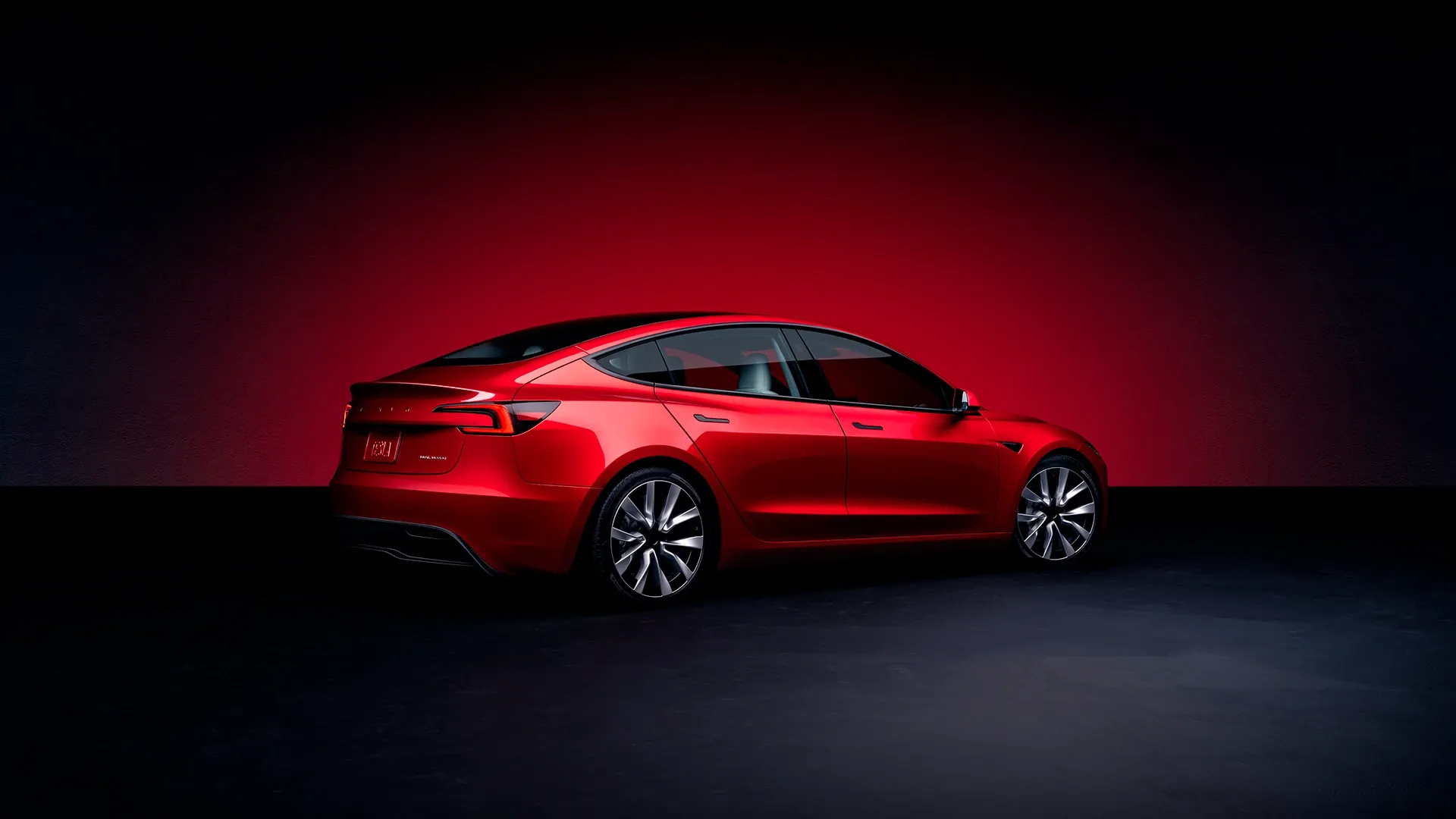
Tesla Model 3 2025 Versions Table (U.S. Estimate)
| Version | Motor(s) | 0–60 mph | EPA Range (mi) | Power (hp) | Drive | Price (USD)* |
|---|---|---|---|---|---|---|
| Standard Range RWD | Rear (Permanent Magnet) | 5.6 sec | ~263 mi | 282 hp | RWD | $44,130 |
| Long Range RWD | Rear (Thermal AC) | 5.1 sec | ~272 mi | 282 hp | RWD | $47,990 (est.) |
| Long Range AWD | Dual Motor | 4.4 sec | ~298 mi | 450 hp (combined) | AWD | $49,990 (est.) |
| Performance AWD | Dual Motor (Sport) | 2.9 sec | ~262 mi | 517 hp | AWD | $53,990 (est.) |
*Prices include freight and fees in the U.S. and may vary. Exact versions and prices can differ in other markets. Source: Tesla U.S. Configurator.
The Standard Range RWD version offers the entry point, already with good performance and range. The Long Range RWD (if available in your market) focuses on maximizing distance per charge with rear-wheel drive. The Long Range AWD balances excellent range with the safety of all-wheel drive and more power. The Performance AWD is for those seeking maximum thrills, sacrificing a bit of range for brutal acceleration.
Dimensions and Space: Does It Fit Everything?
The 2025 Model 3 keeps external dimensions very close to the previous generation, confirming its position as an agile mid-sized sedan that’s easy to maneuver in the city, yet surprising interior space thanks to its electric architecture.
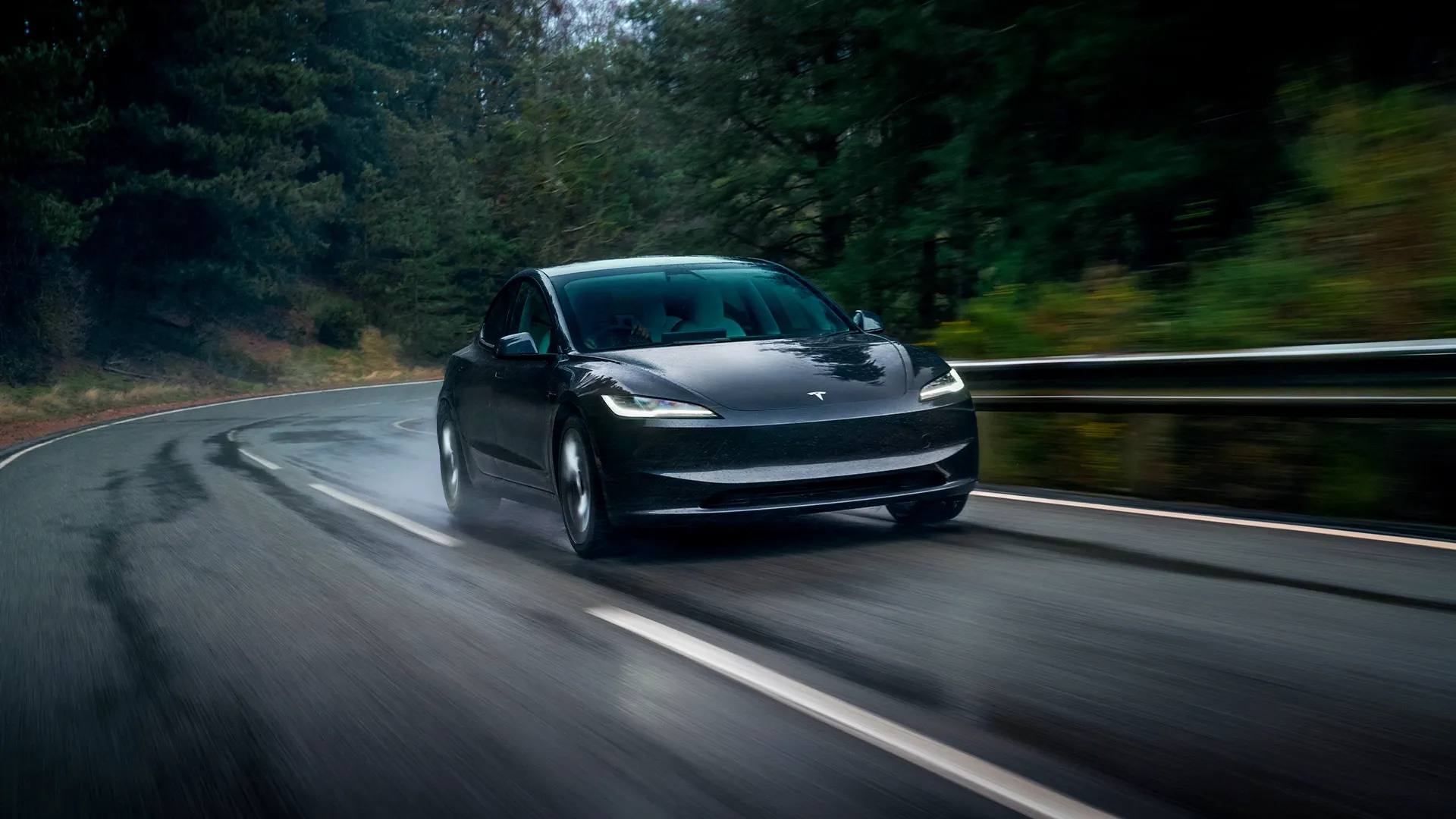
Key Measurements
| Item | Measurement |
|---|---|
| Length | 185.8 in |
| Width (w/o mirrors) | 72.8 in |
| Height | 56.7 in |
| Wheelbase | 113.2 in |
| Weight (RWD / AWD) | 3,488 lbs / 4,030 lbs |
| Rear Trunk Space | 15.0 cu ft |
| Front Trunk (Frunk) | 4.1 cu ft |
Source: Tesla Manuals and specifications from Japan/China.
Luggage space is generous, combining the traditional rear trunk with the useful front trunk (“frunk”), where an internal combustion engine would normally be. This makes it very practical for both trips and daily use.
Features and Technology: What’s Included?
Even the base Model 3 comes well equipped. Tesla’s minimalist philosophy puts almost all controls on the central touchscreen but does not skimp on embedded technology.
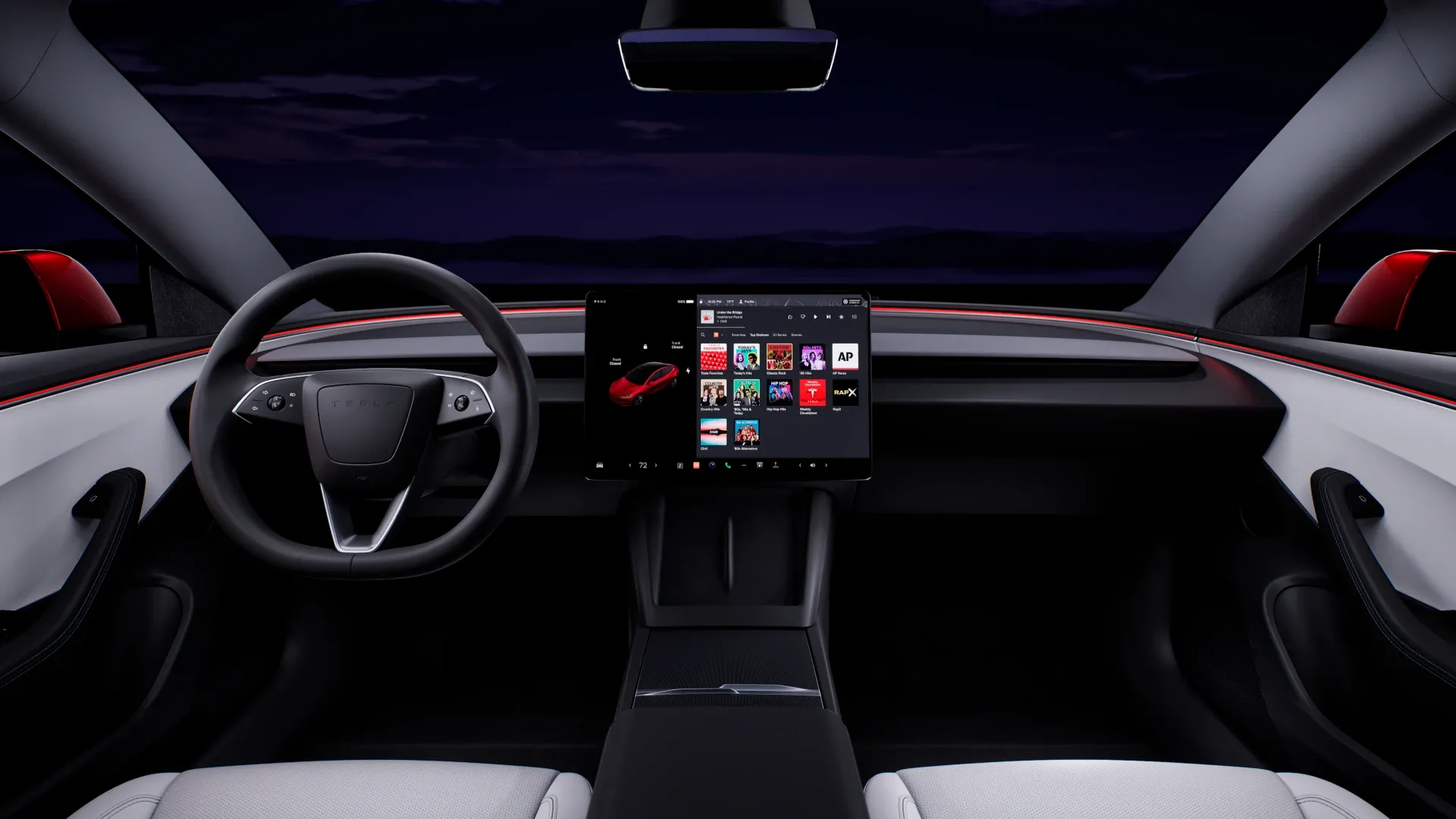
Notable Standard Features
- Basic Autopilot
- Automatic Emergency Braking
- Adaptive Cruise Control
- 15.4″ Multimedia Center + Rear 8″ Screen
- Integrated GPS Navigation
- Dual-Zone Climate Control
- 18-inch Wheels
- Panoramic Glass Roof
- 5G Connectivity
For those wanting more, Tesla offers optional packages that enhance the experience (and the price). Enhanced Autopilot (EAP) adds features like automatic lane change and autonomous parking for around $5,000. The Full Self-Driving (FSD) package, which promises (but does not fully deliver yet) semi-autonomous city driving, costs an additional $3,000 over EAP in the U.S. It’s a considerable tech investment still evolving.
Highlight Optional Features
- Enhanced Autopilot (EAP)
- Full Self-Driving Capability (FSD)
- Premium Paints (up to +$1,000)
- 19″ or 20″ Wheels (+$1,500)
While Tesla advances its driver-assistance system, other manufacturers are also exploring innovative technologies, like the solar paint Mercedes is testing to potentially increase efficiency and range in its EVs.
Safety and Connectivity: Am I Protected and Online?
Safety has always been a pillar for Tesla, and the Model 3 maintains that tradition. It earned top 5-star ratings in rigorous crash tests from the NHTSA (U.S.) and Euro NCAP (Europe) in previous generations, and the 2025 model is expected to uphold this high standard thanks to its rigid structure and full set of airbags.
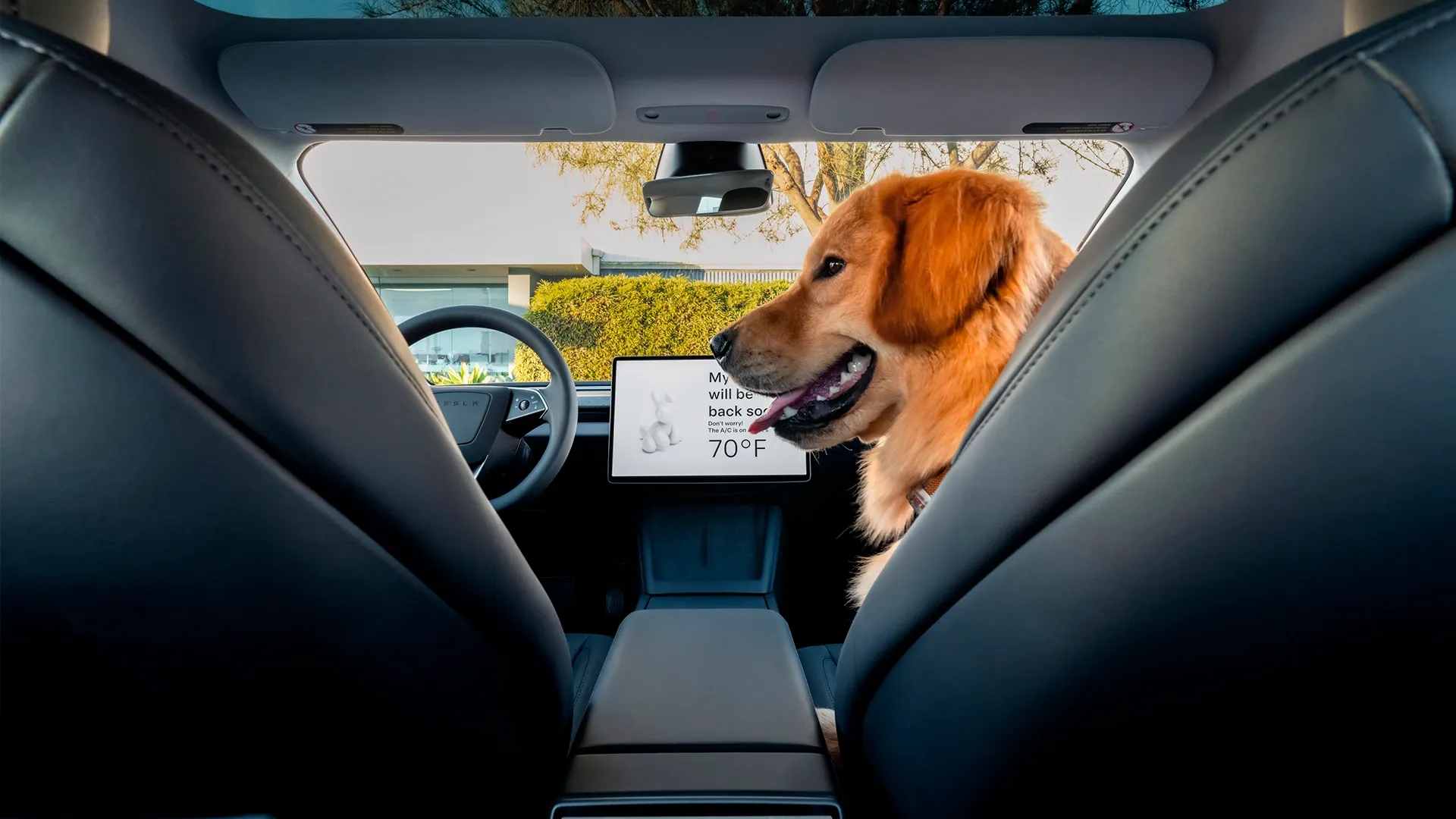
Connectivity is another strong point. With built-in 5G, Wi-Fi hotspot, and Over-the-Air (OTA) software updates, the car is always connected and improving. The Tesla app allows monitoring charging, pre-conditioning the cabin, and even using your phone as a key. Energy efficiency is crucial, and Tesla invests heavily in this, just as other companies look for innovations, like the new fast-charging battery from Stellantis, which promises to revolutionize recharge times.
Driver aids include blind-spot alert, lane-keeping assist, speed-sign recognition, and the previously mentioned automatic emergency braking, all contributing to safer, more relaxed driving.
Model 3 vs. Rivals: The Electric Battle
The 2025 Tesla Model 3 doesn’t reign alone. It faces strong competitors, mainly from European brands that have strongly entered electrification. Let’s compare the Long Range AWD version with two direct rivals:
Direct Comparison: Model 3 LR AWD vs. Rivals (Reference Data)
| Model | 0–60 mph | EPA Range (mi) | Power (hp) | Starting Price (USD)* | Drive |
|---|---|---|---|---|---|
| Tesla Model 3 LR AWD | 4.4 sec | ~298 mi | 450 hp | $49,990 (est.) | AWD |
| BMW i4 eDrive40 | 5.7 sec | ~301 mi | 340 hp | $57,900 | RWD |
| Polestar 2 Dual Motor | 4.0 sec | ~254 mi | 476 hp | $64,800 | AWD |
*Prices and specs may vary. Sources: Official brand websites and publications like BMW USA and Polestar US.
The Model 3 LR AWD stands out for its combination of strong acceleration (beating the i4 and close to the Polestar 2), excellent range, and usually more competitive starting price — especially considering the AWD. Tesla’s Supercharger network remains a significant advantage. BMW responds with the i4, focusing on more luxurious interior finishing and traditional driving dynamics of the brand but signals the future with concepts like the possible electric BMW M3 based on the Vision Concept, showing the battle for electric supremacy will be fierce in the coming years.
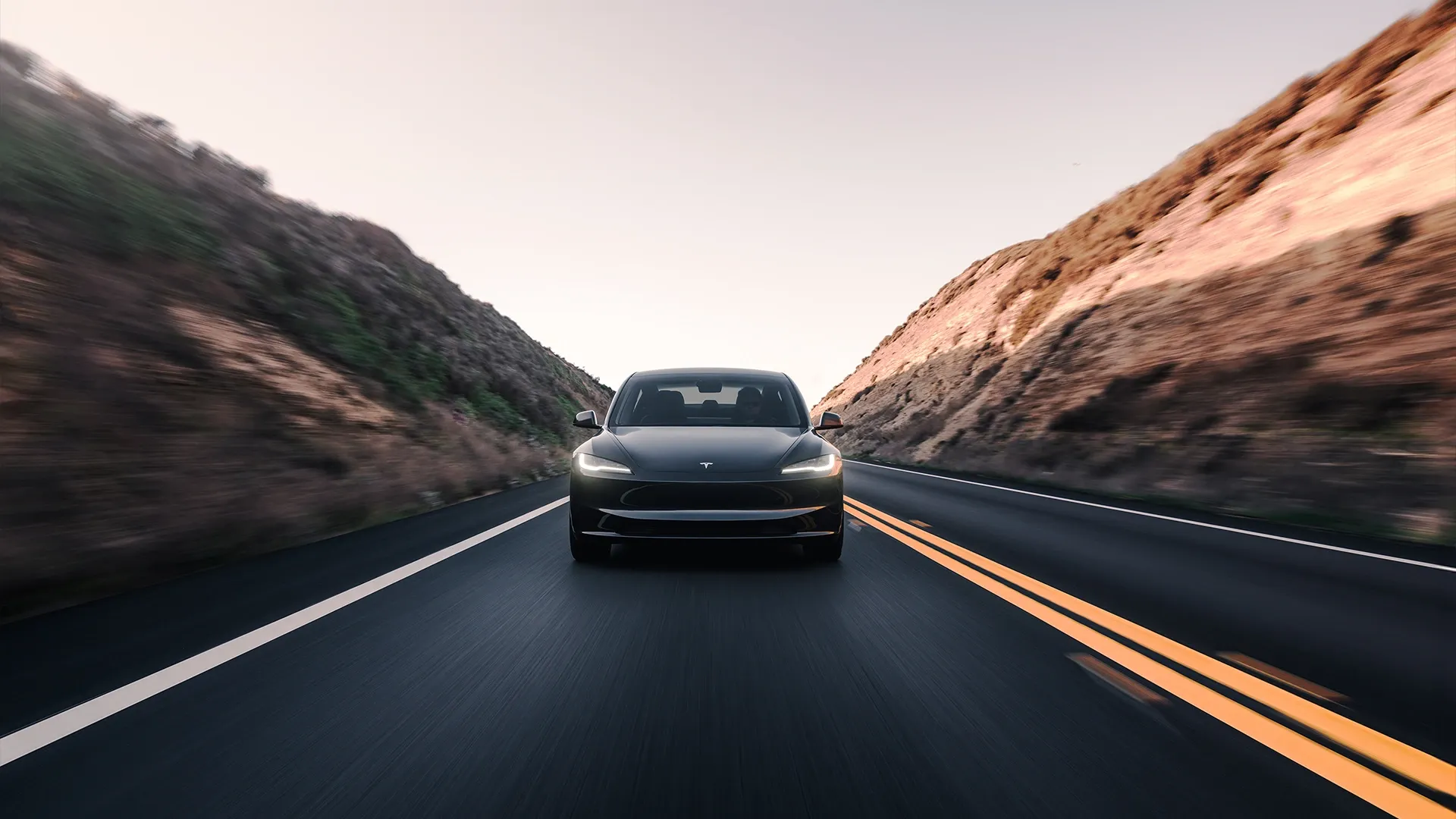
The Polestar 2 offers a distinct Scandinavian design and vigorous performance in the Dual Motor version, but its EPA range is slightly lower and starting price higher. Choosing between them often boils down to priorities: ecosystem and technology (Tesla), luxury and driving feel (BMW), or design and exclusivity (Polestar).
Pros and Cons: The Quick Verdict
To help with your decision, here’s a summary of the strengths and weaknesses of the 2025 Tesla Model 3:
Positive Points
- Leading performance (up to 2.9s 0-60)
- Excellent range (up to 298 miles)
- Unbeatable Supercharger network
- Technology and OTA updates
- Good interior and trunk space
Areas to Improve
- High cost of options (FSD)
- Interior finish may not please everyone
- Variations in build quality
- Variable after-sales service
FAQ: Answering Your Questions
Frequently Asked Questions about the 2025 Tesla Model 3
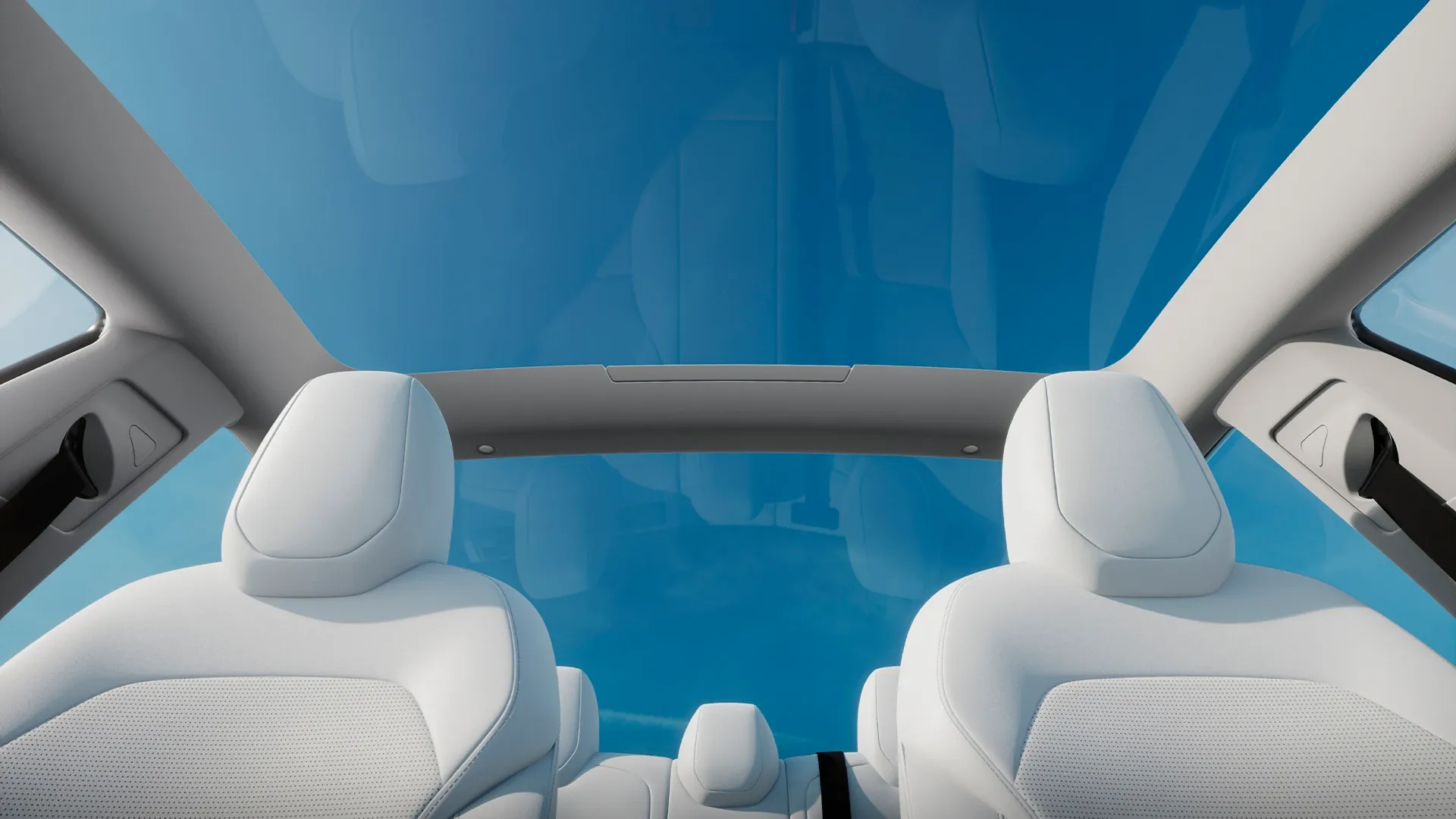
- What really changed in the 2025 Tesla Model 3?
It received design updates (the “Highland” facelift), improvements in range (especially Long Range), more power in the Performance version, an updated interior with rear screen, and better overall energy efficiency. - What is the real range of the 2025 Model 3?
The official EPA range varies from about 263 miles (Standard RWD) to about 298 miles (Long Range AWD). Real-world results depend heavily on driving style, weather conditions, and climate control use, but Tesla’s numbers tend to be relatively close for mixed driving. - Does Full Self-Driving (FSD) already drive itself?
No. Despite the name, FSD is an advanced driver assistance system (SAE Level 2) that requires constant driver supervision. It offers features like Autopilot navigation and traffic/sign control, but fully autonomous driving is not yet a legal or technical reality. - Is it worth buying the 2025 Model 3 over rivals?
It depends. If you value performance, cutting-edge tech, constant updates, and the convenience of the Supercharger network, the Model 3 is a very strong choice. If you prioritize traditional luxury finishes or a different brand experience, competitors like the BMW i4 or Polestar 2 might be more attractive.
Looking at the big picture, the 2025 Tesla Model 3 remains an incredibly attractive package in the EV world. It combines supercar-level performance (in the Performance trim) with the practicality of a family sedan and technology that seems from the future. The charging network is an undeniable asset. However, the interior simplicity and some material qualities might not satisfy those seeking classic luxury, and the cost of options, especially FSD, adds a significant amount to the final price.
And you, what do you think about the 2025 Tesla Model 3’s updates? Do you believe it’s still the king of the segment, or are rivals catching up? Leave your comment below!

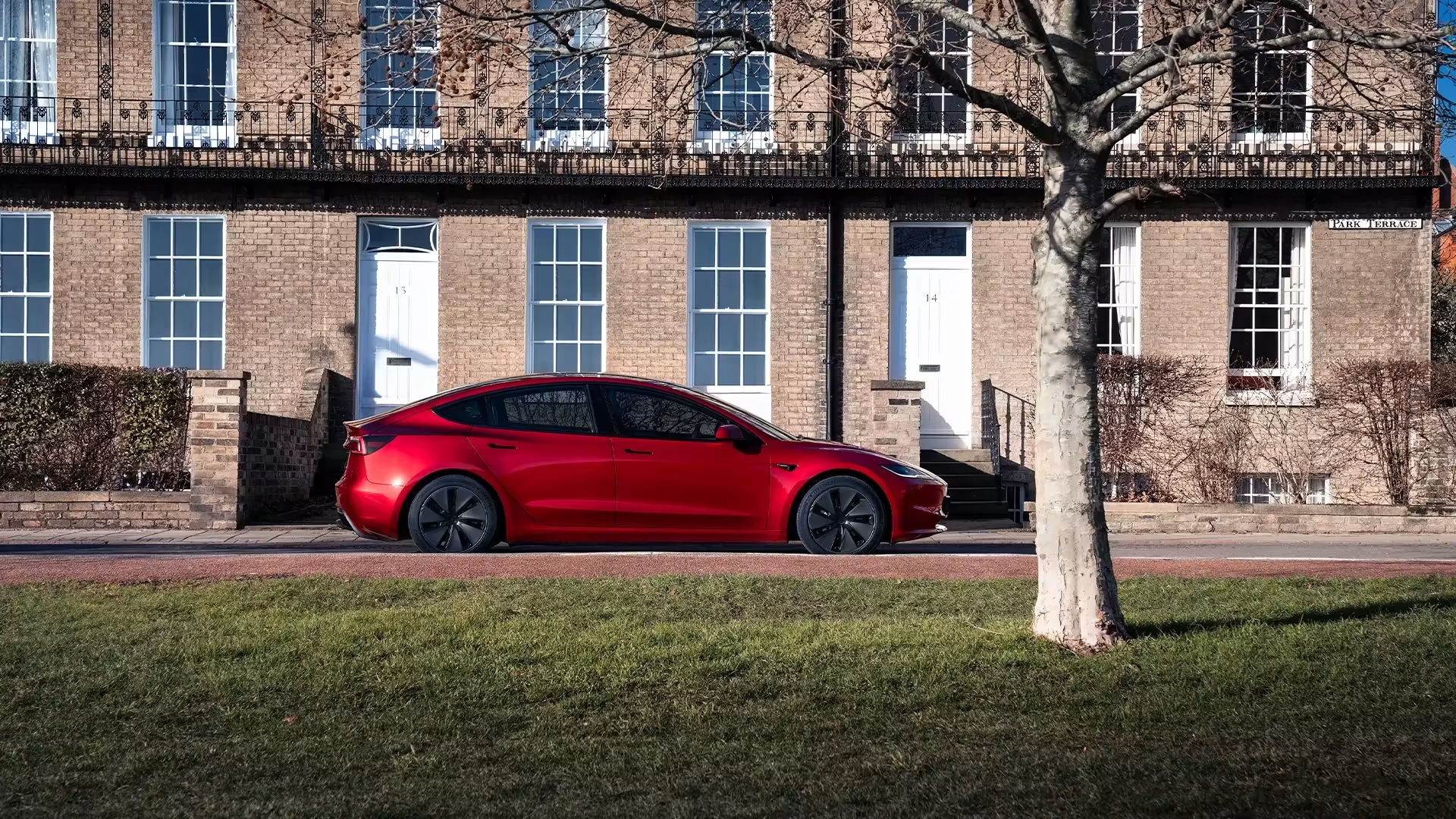
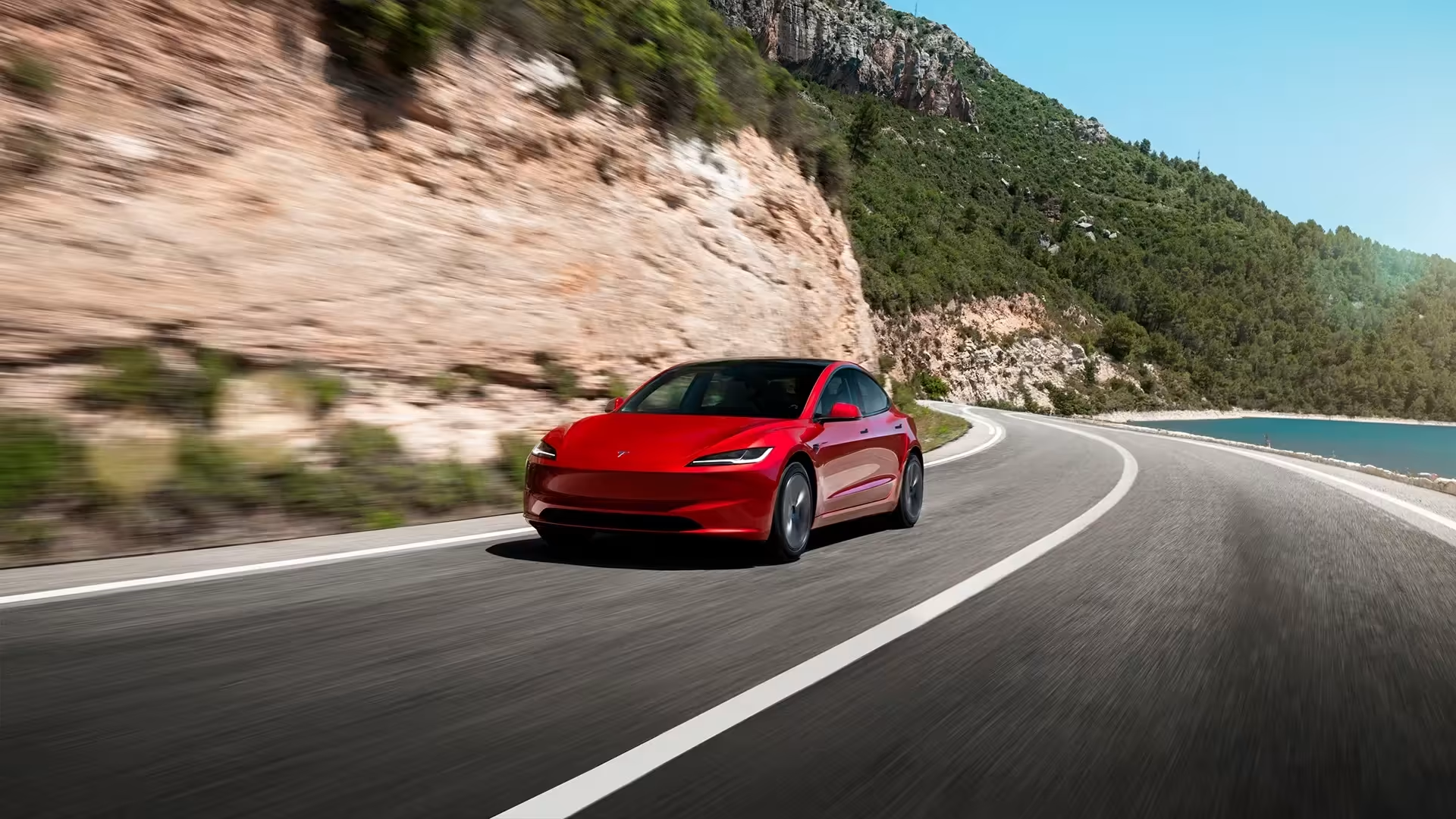
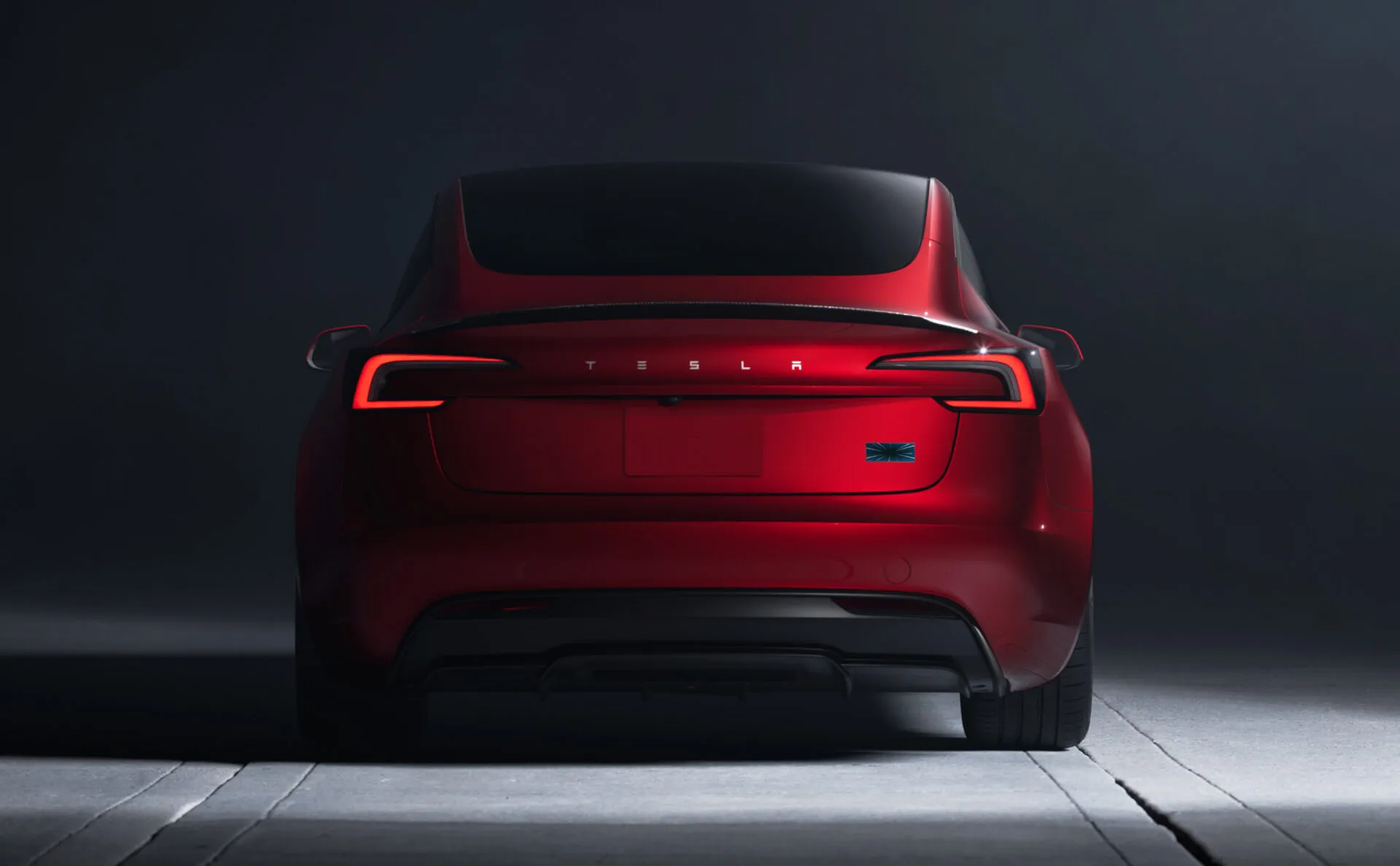

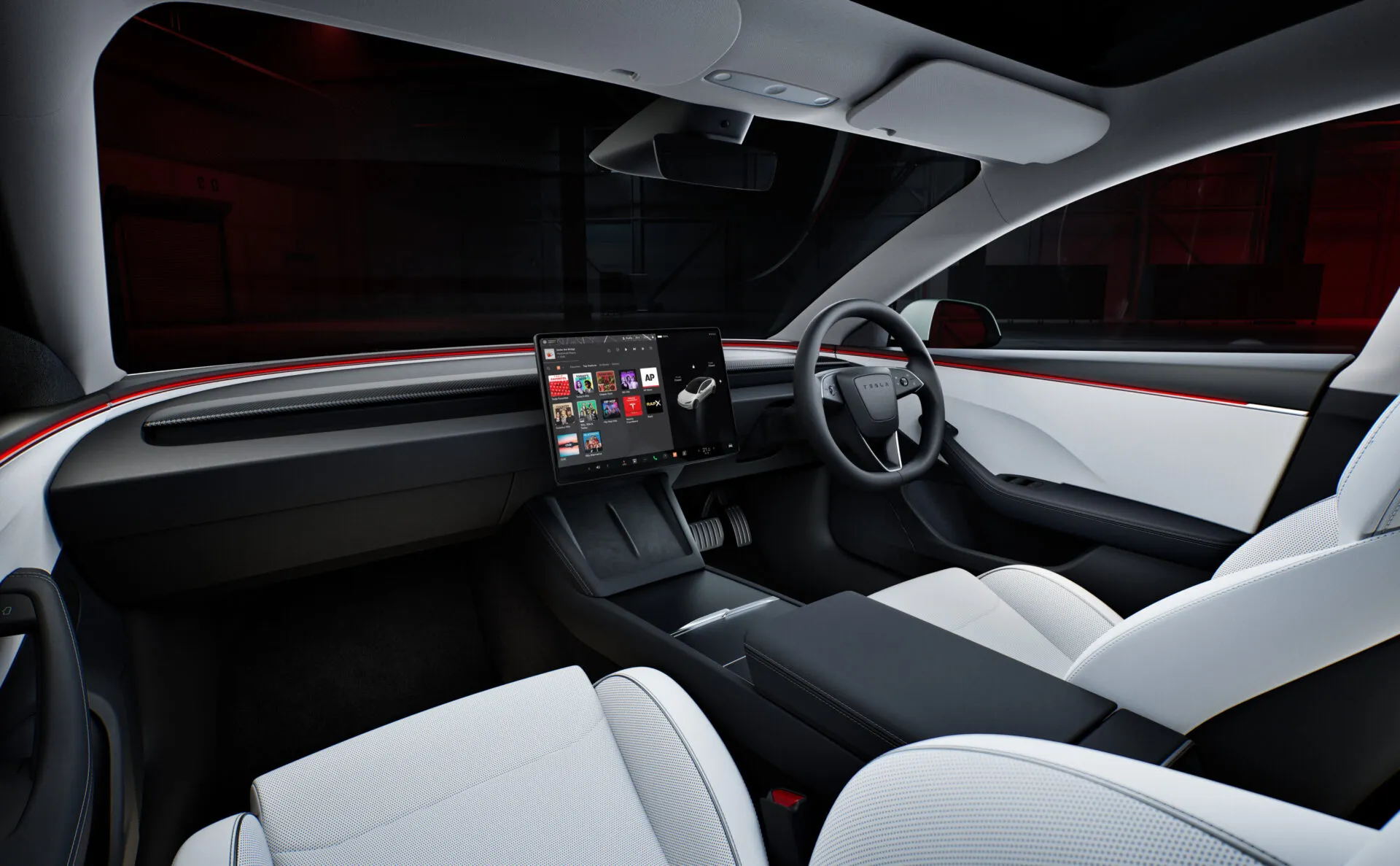
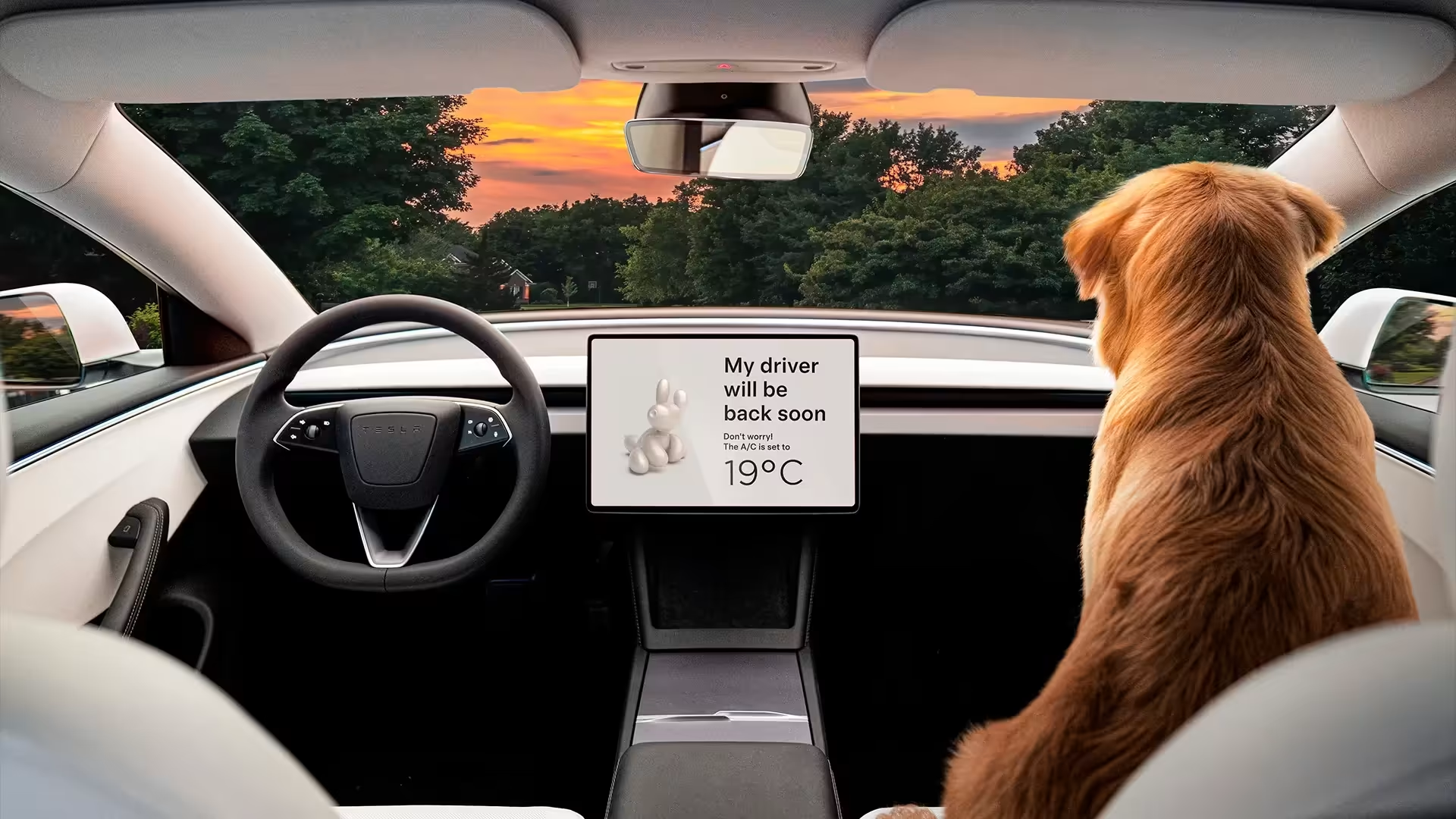
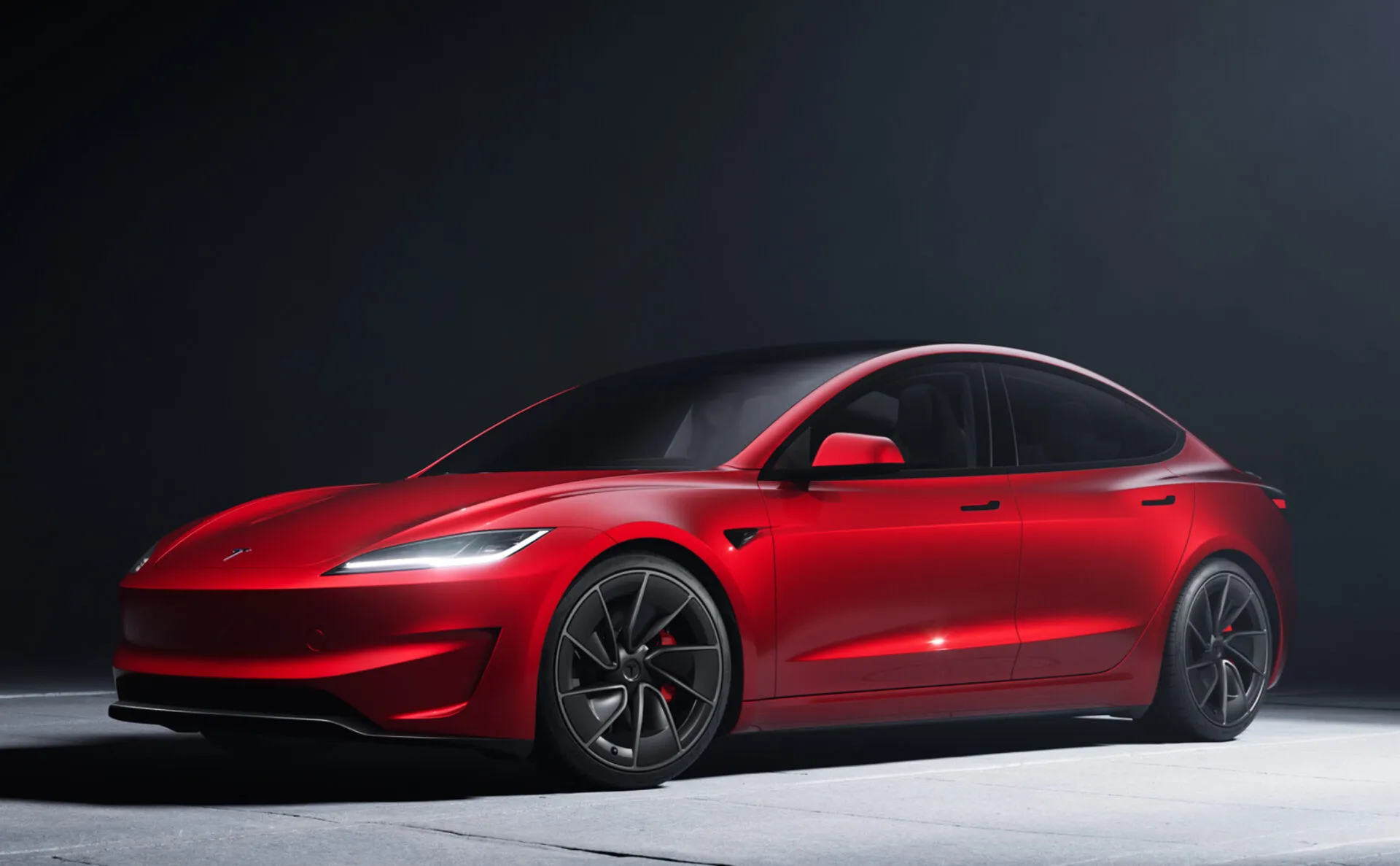
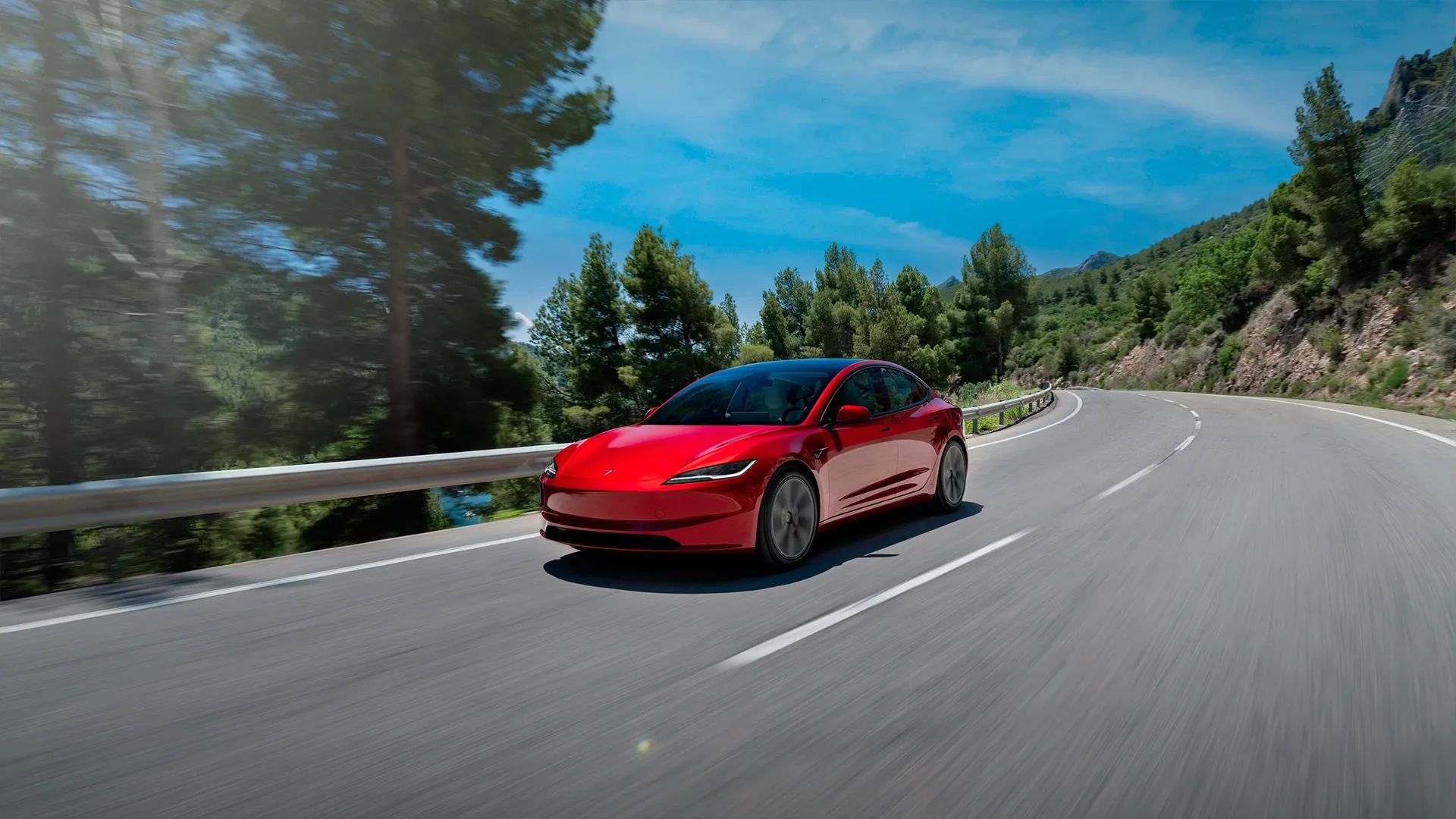
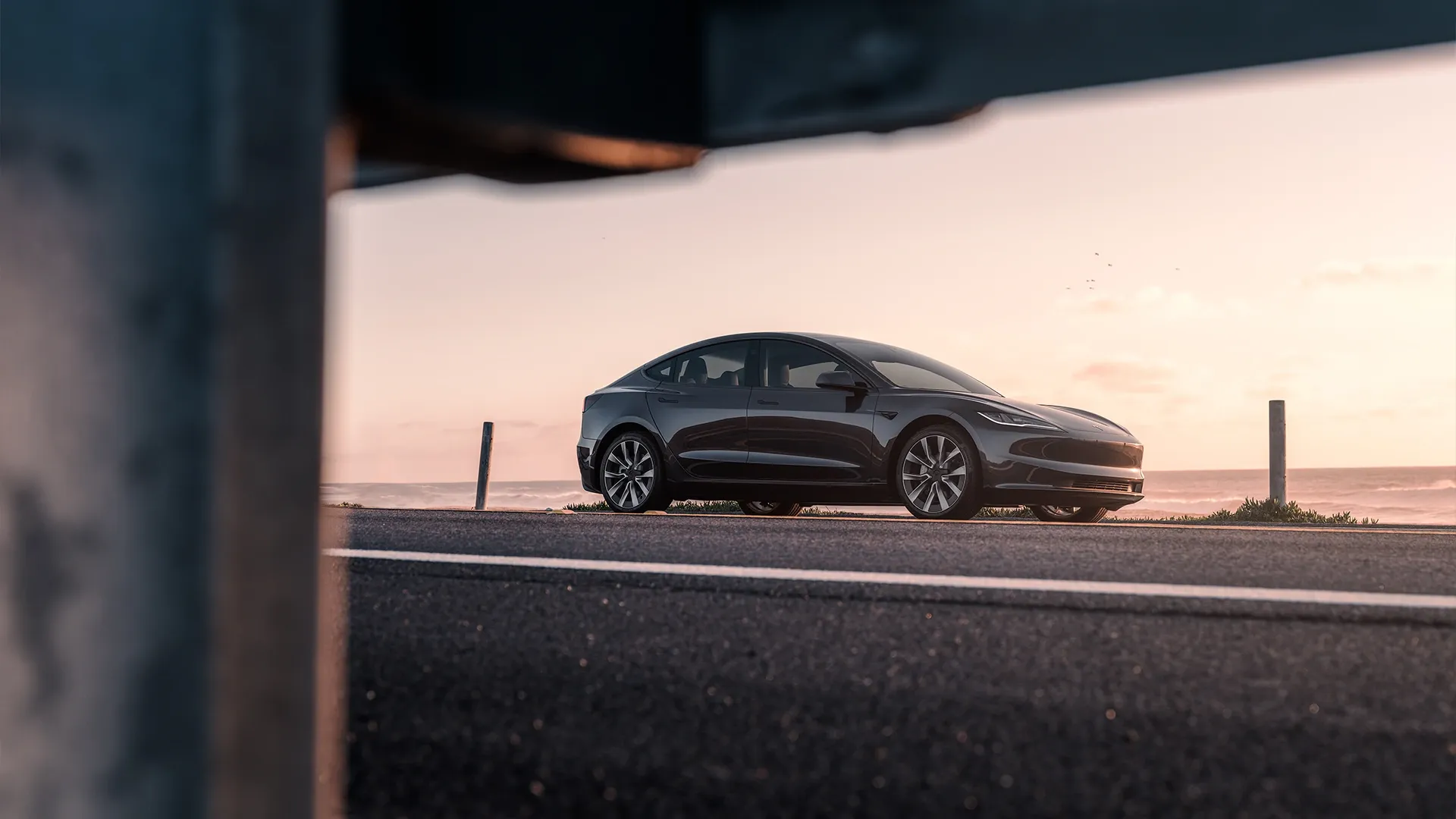


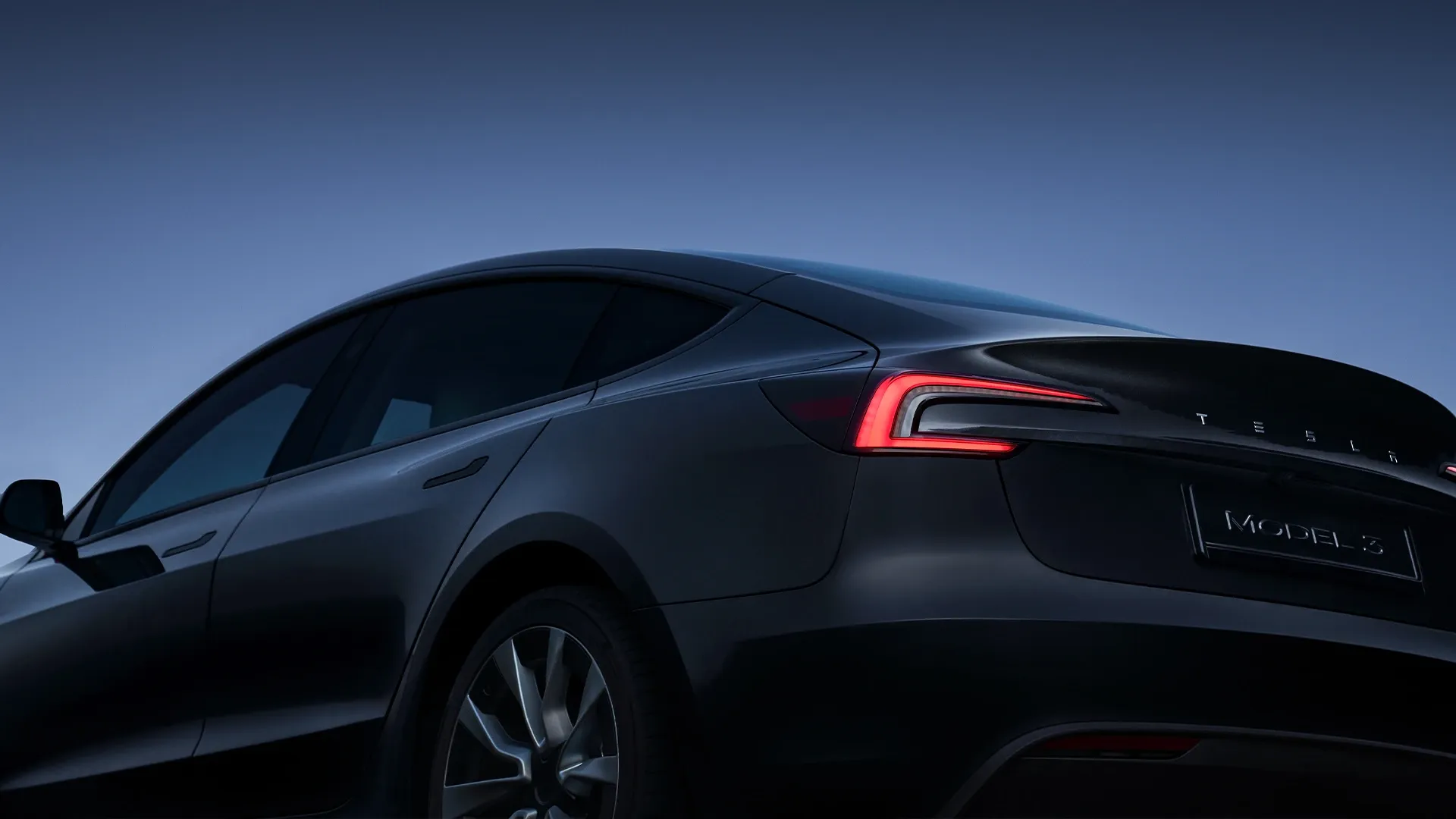

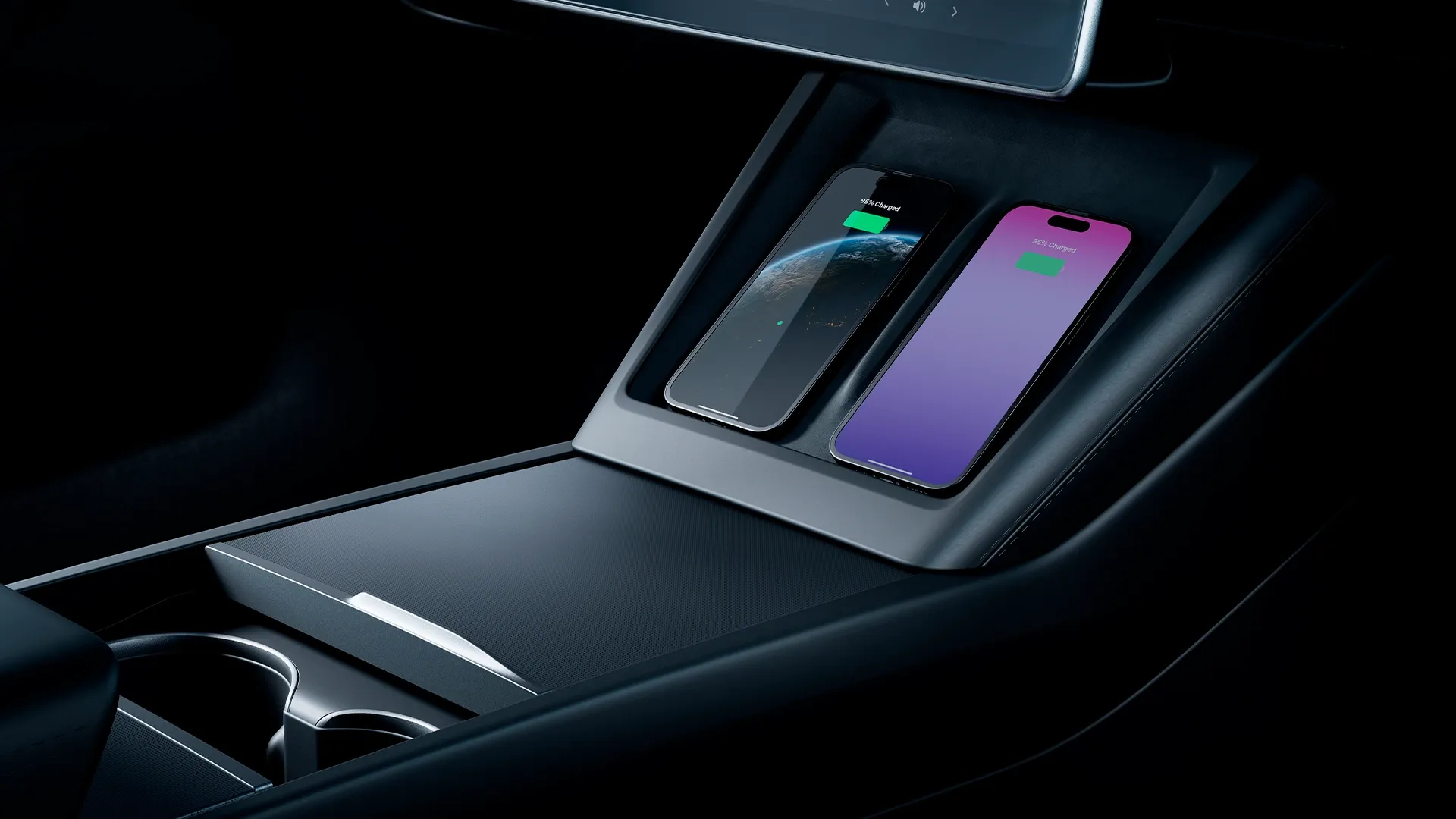

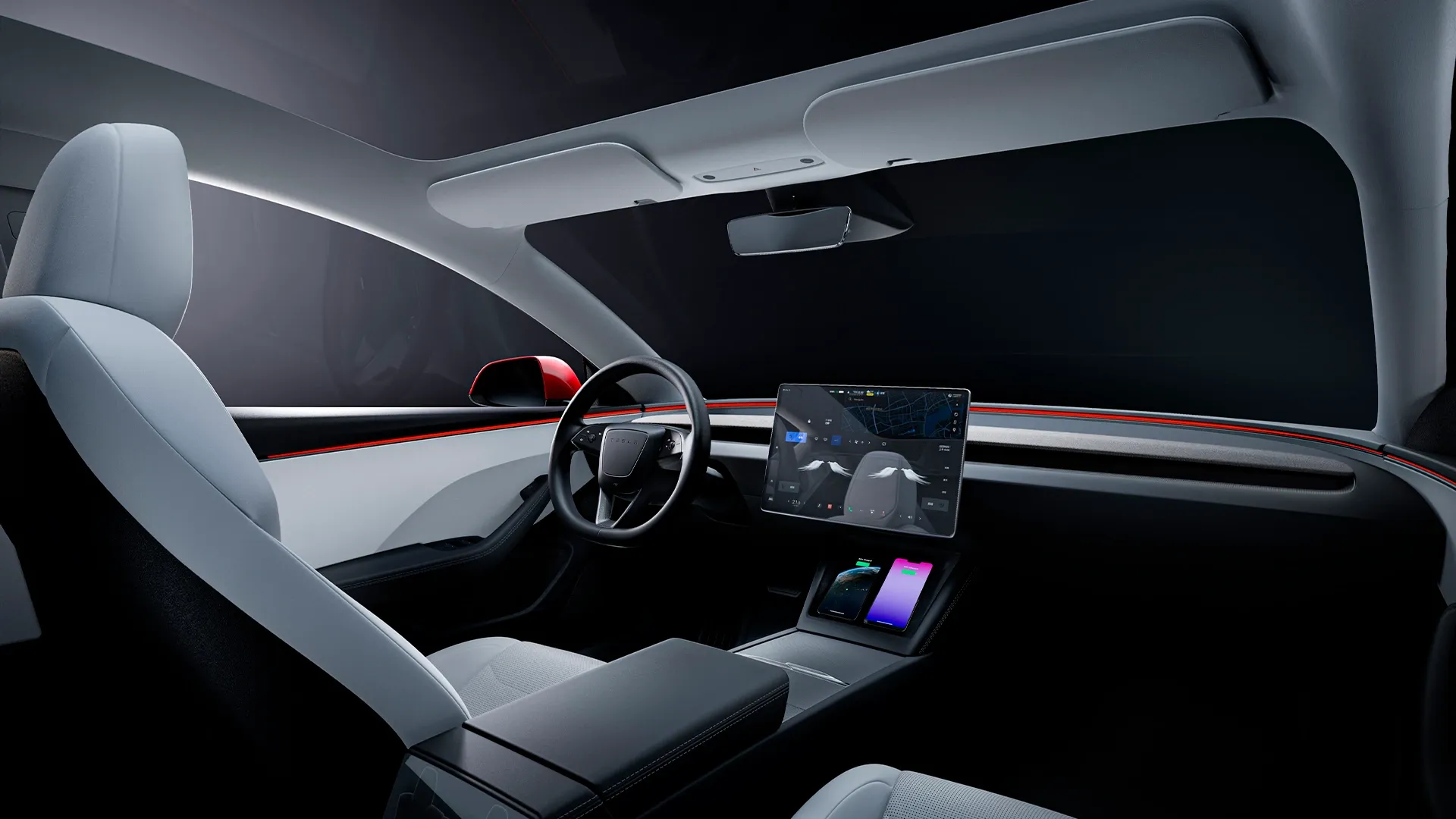
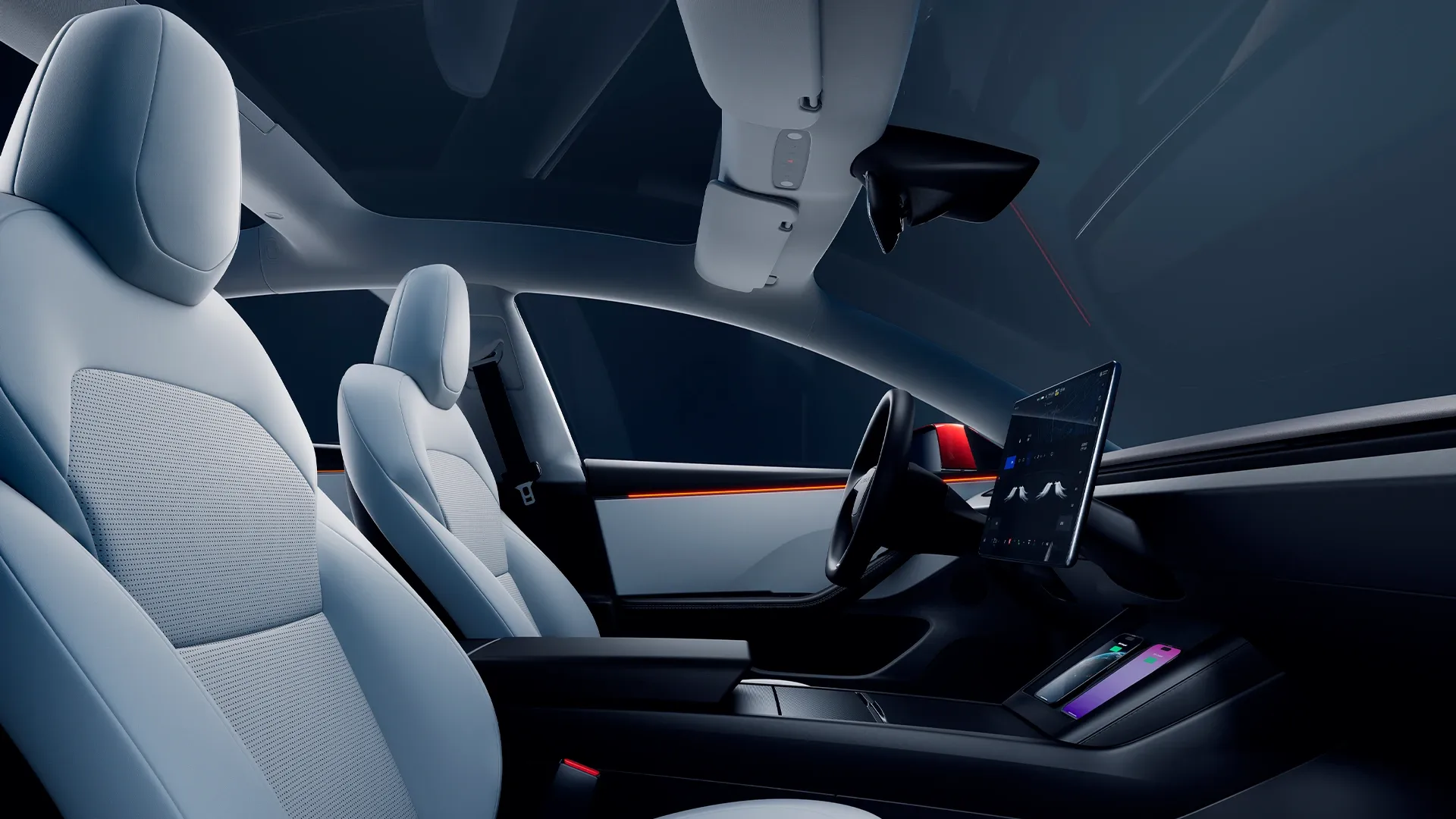
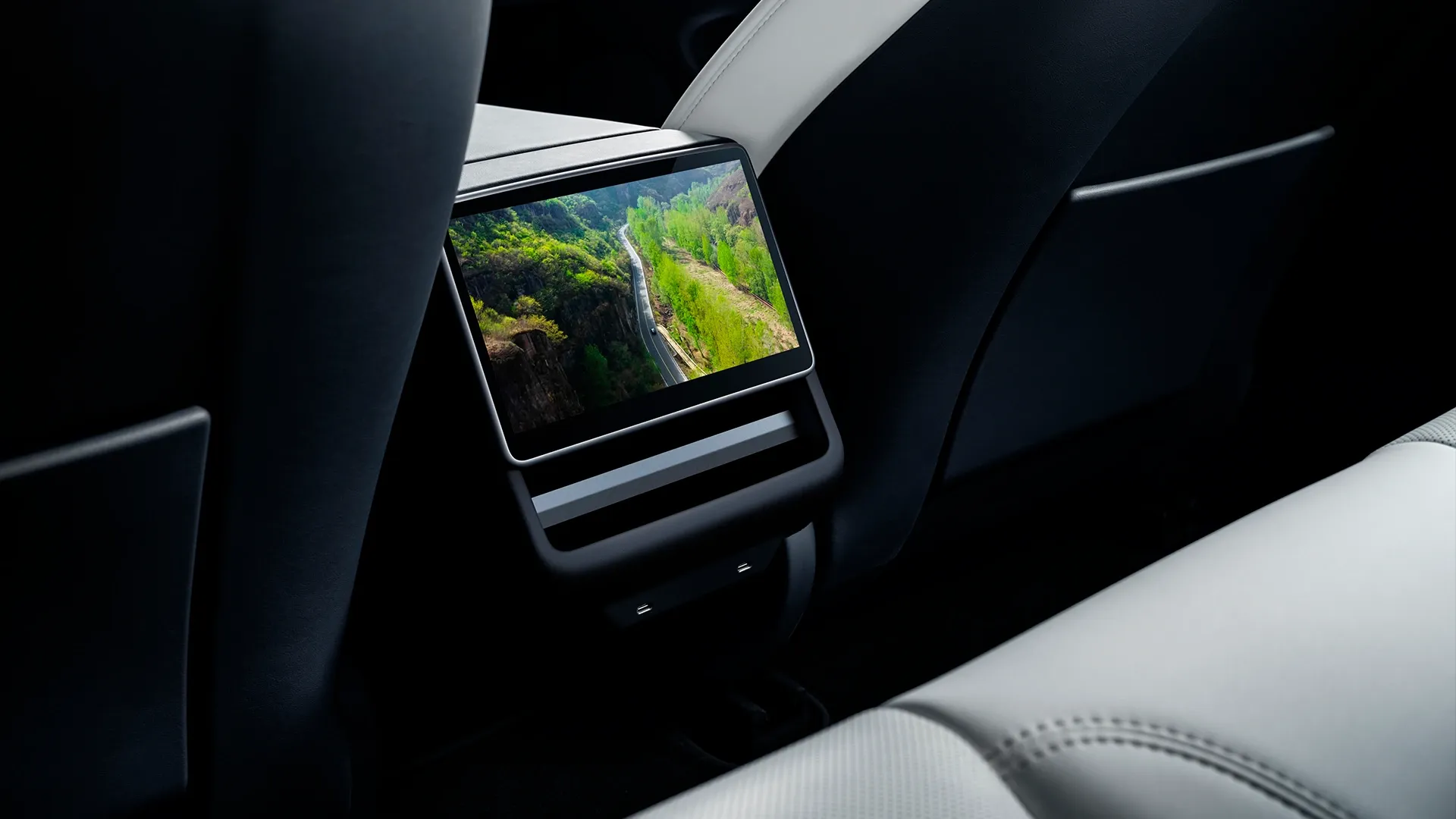


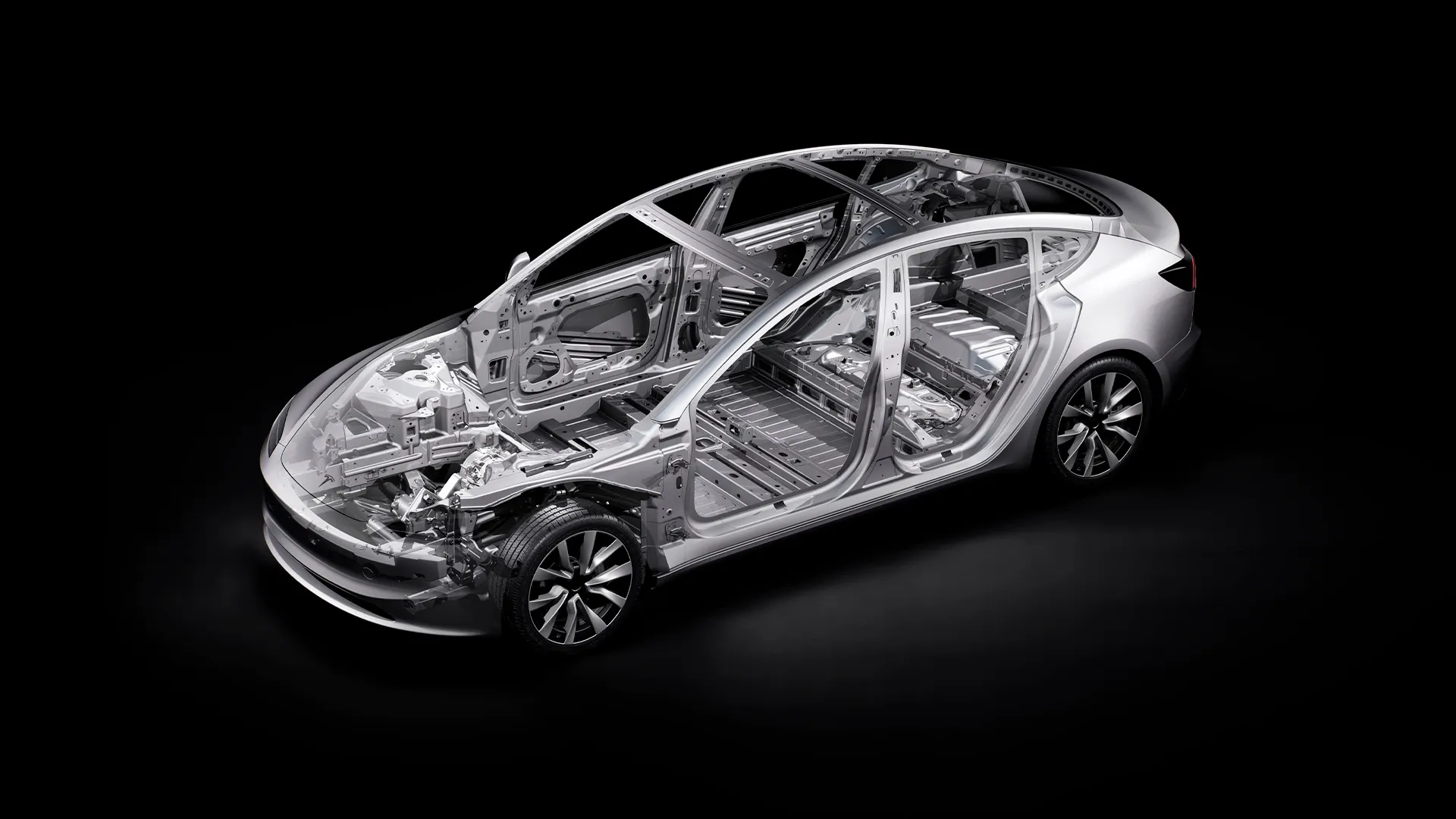
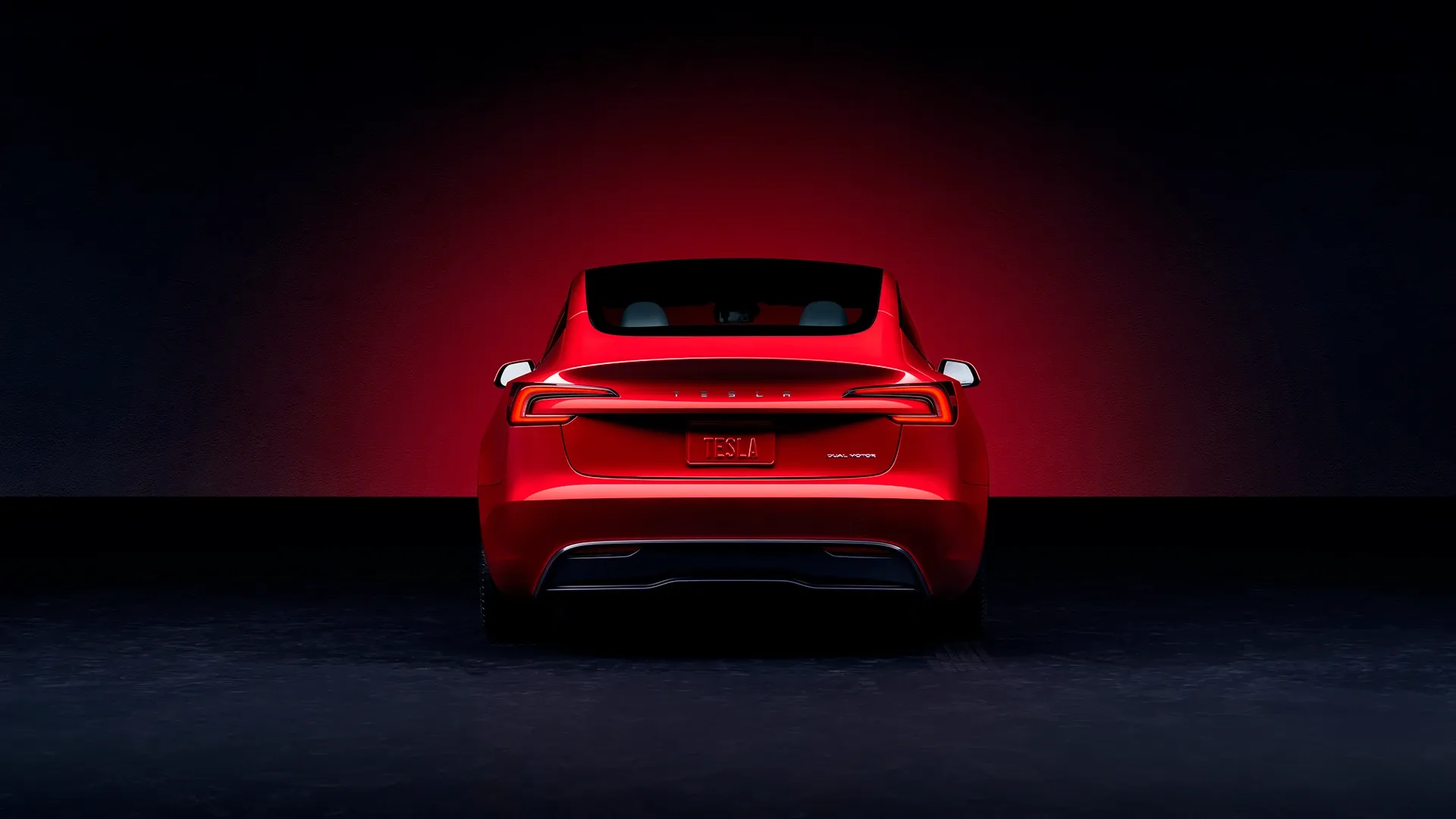
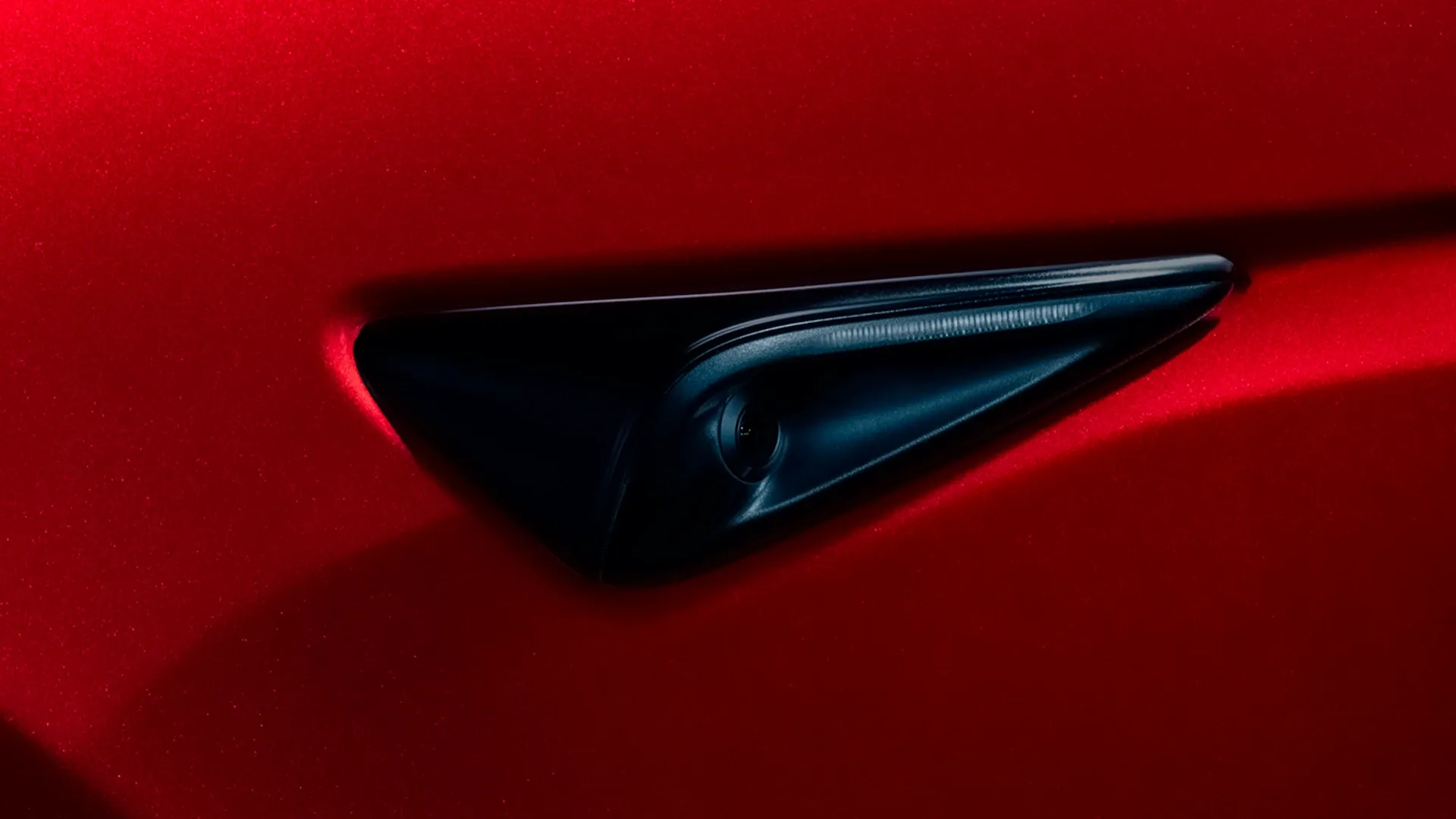
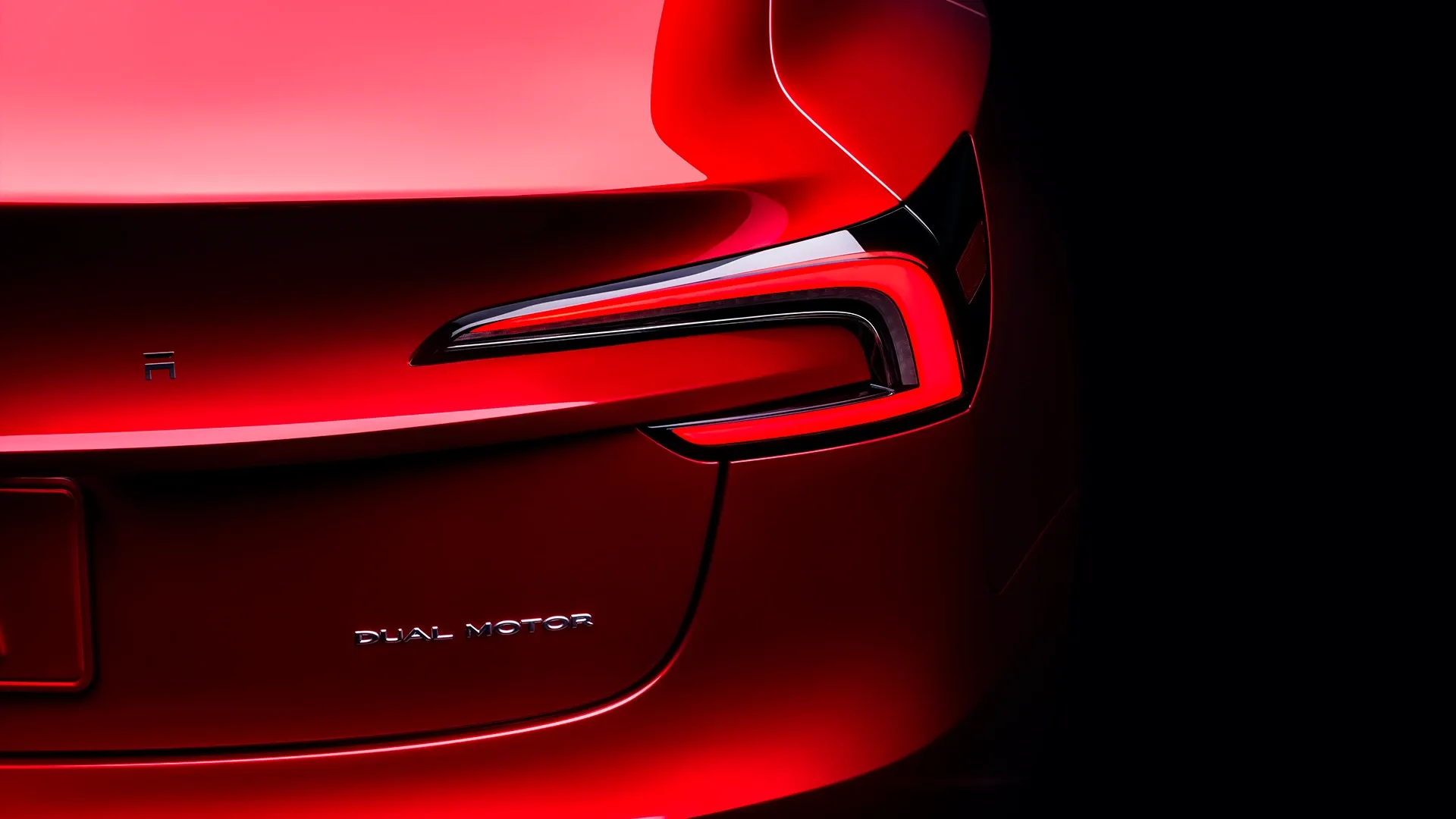
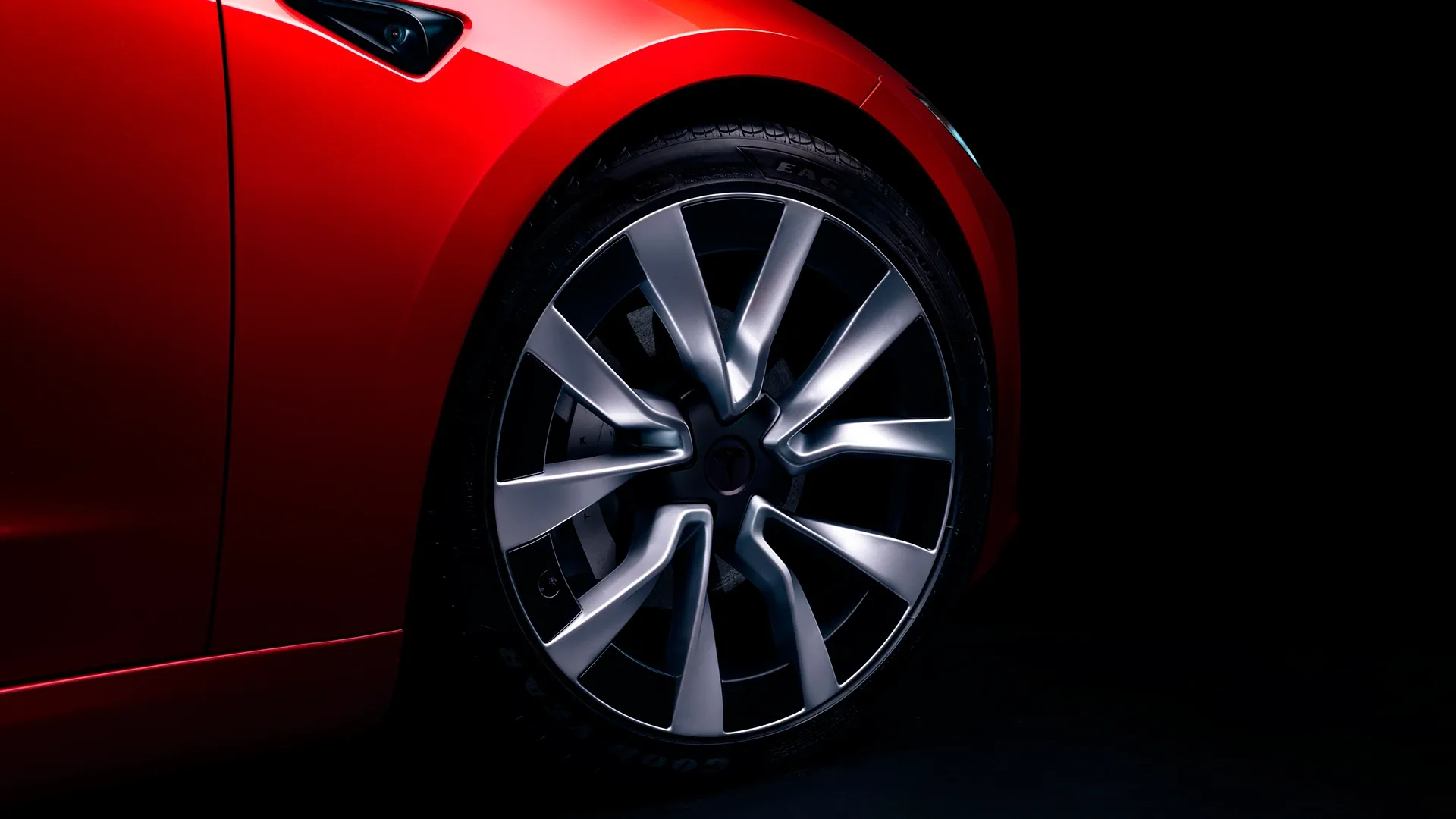
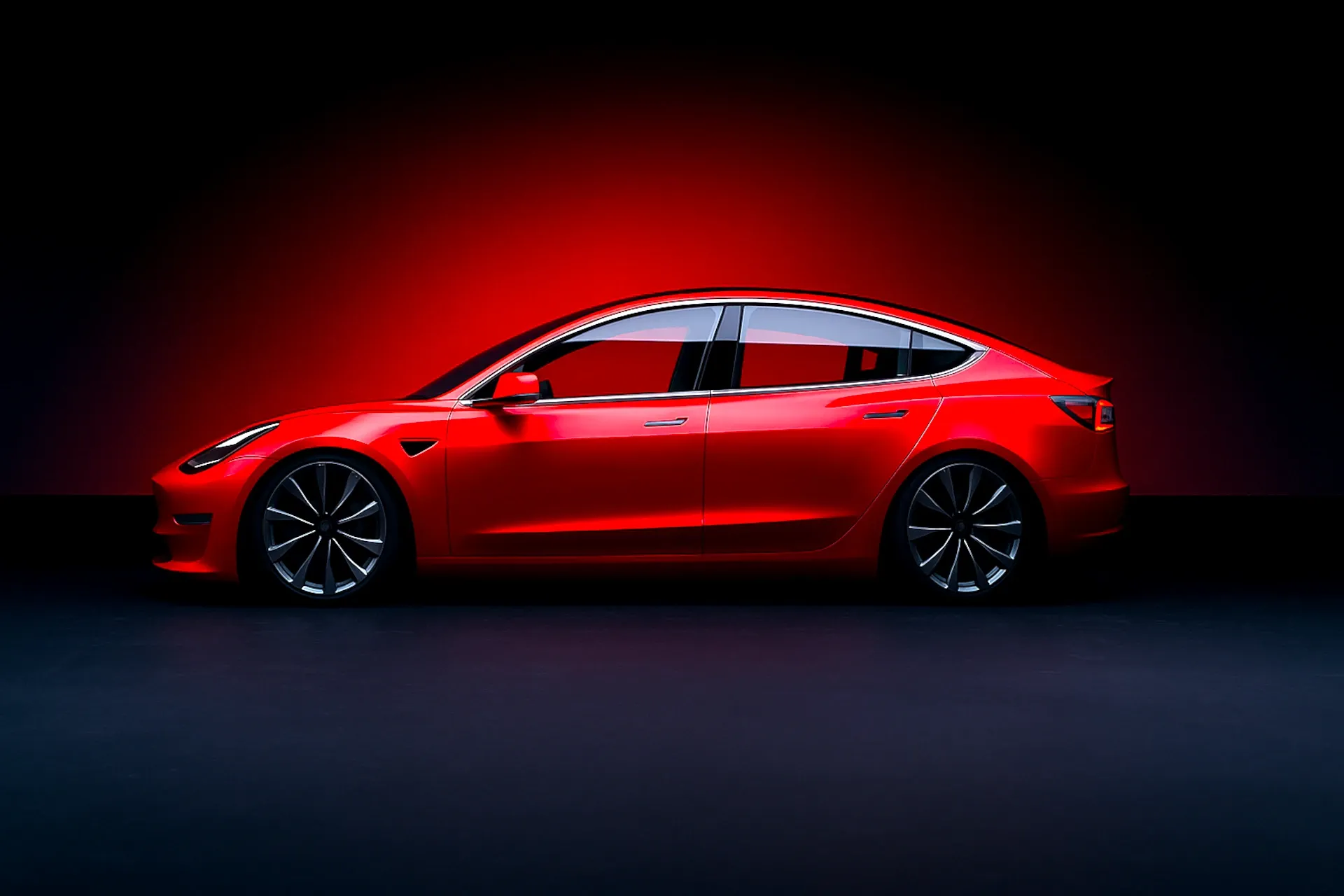
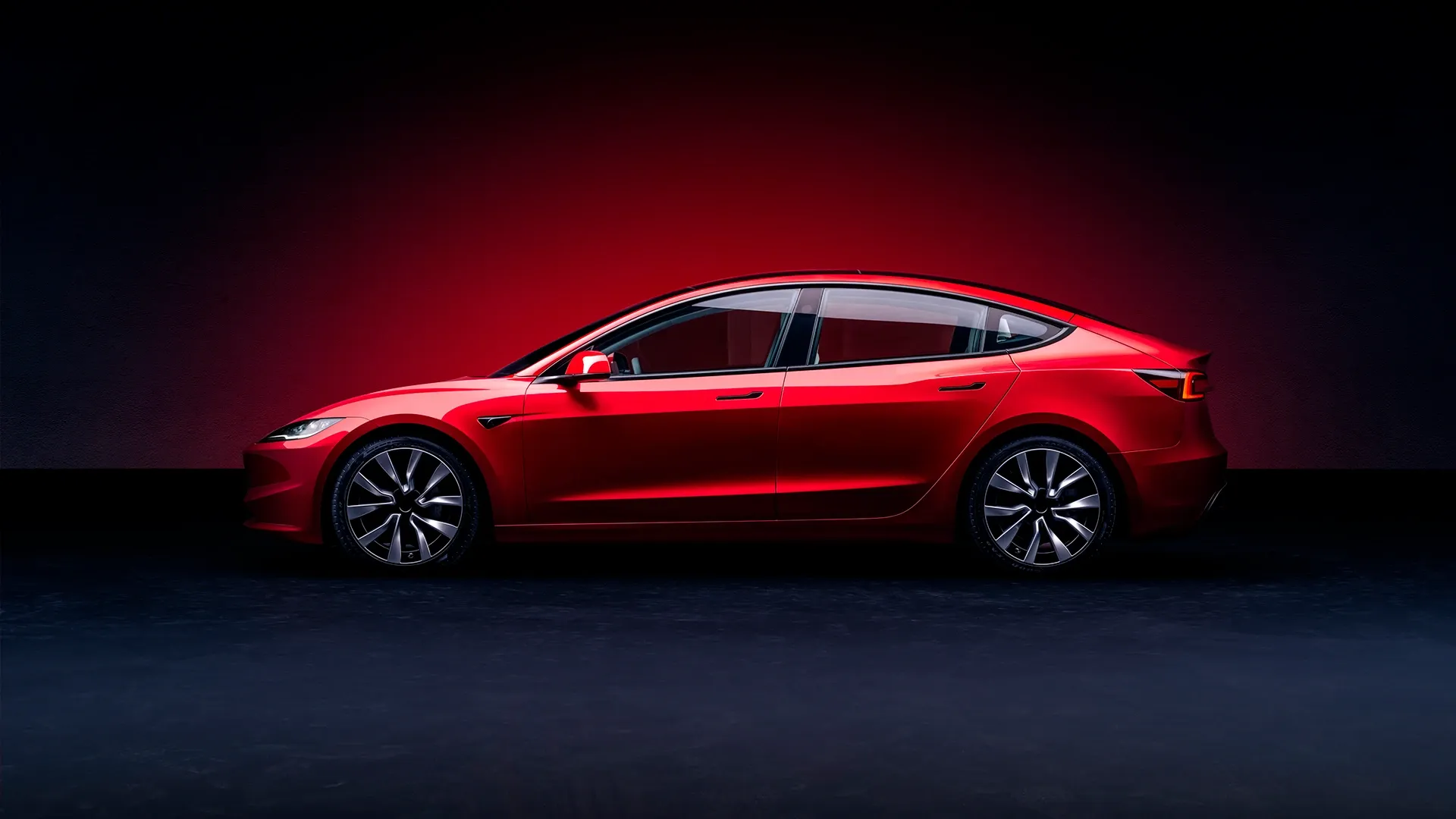
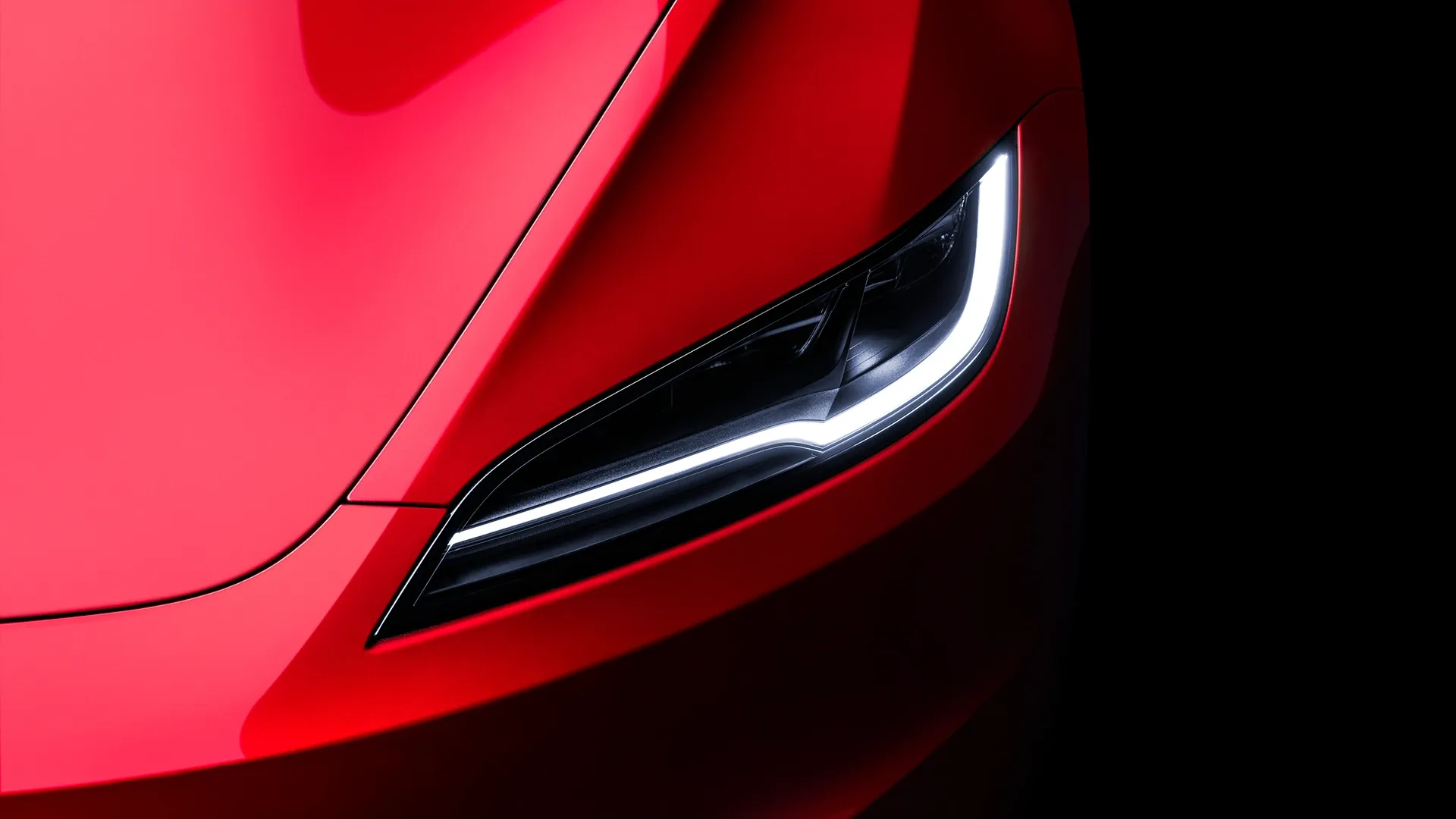


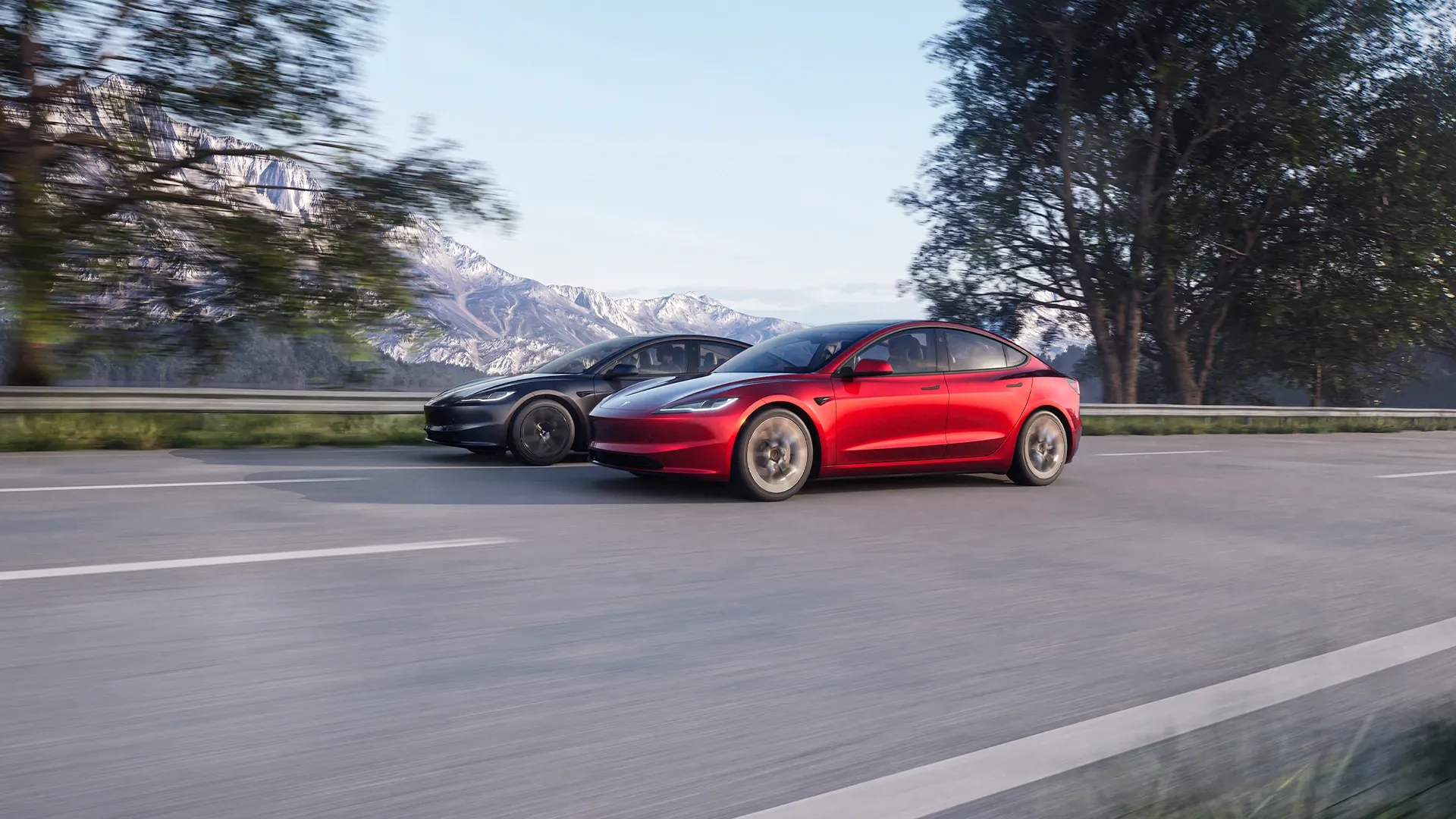
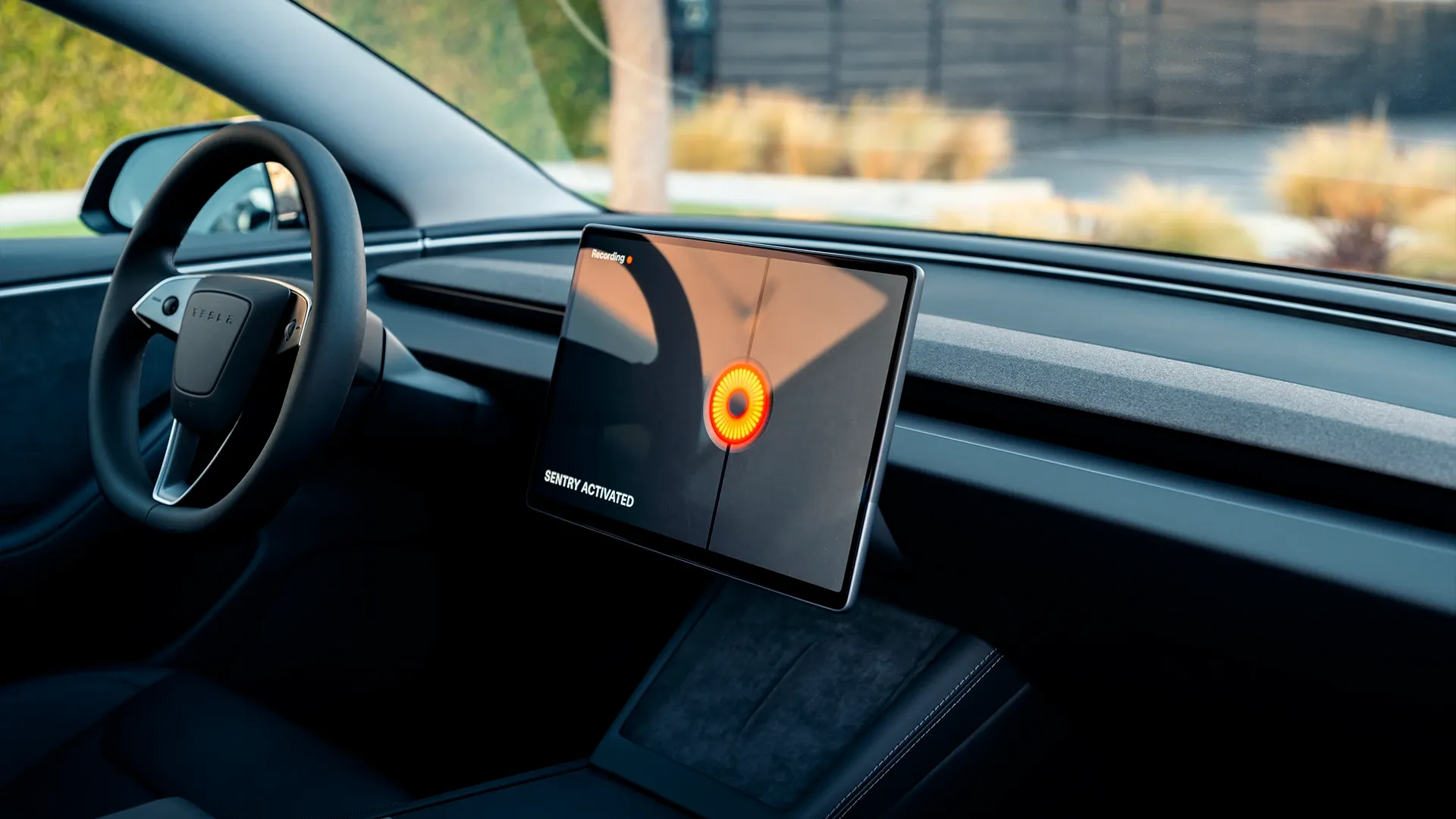

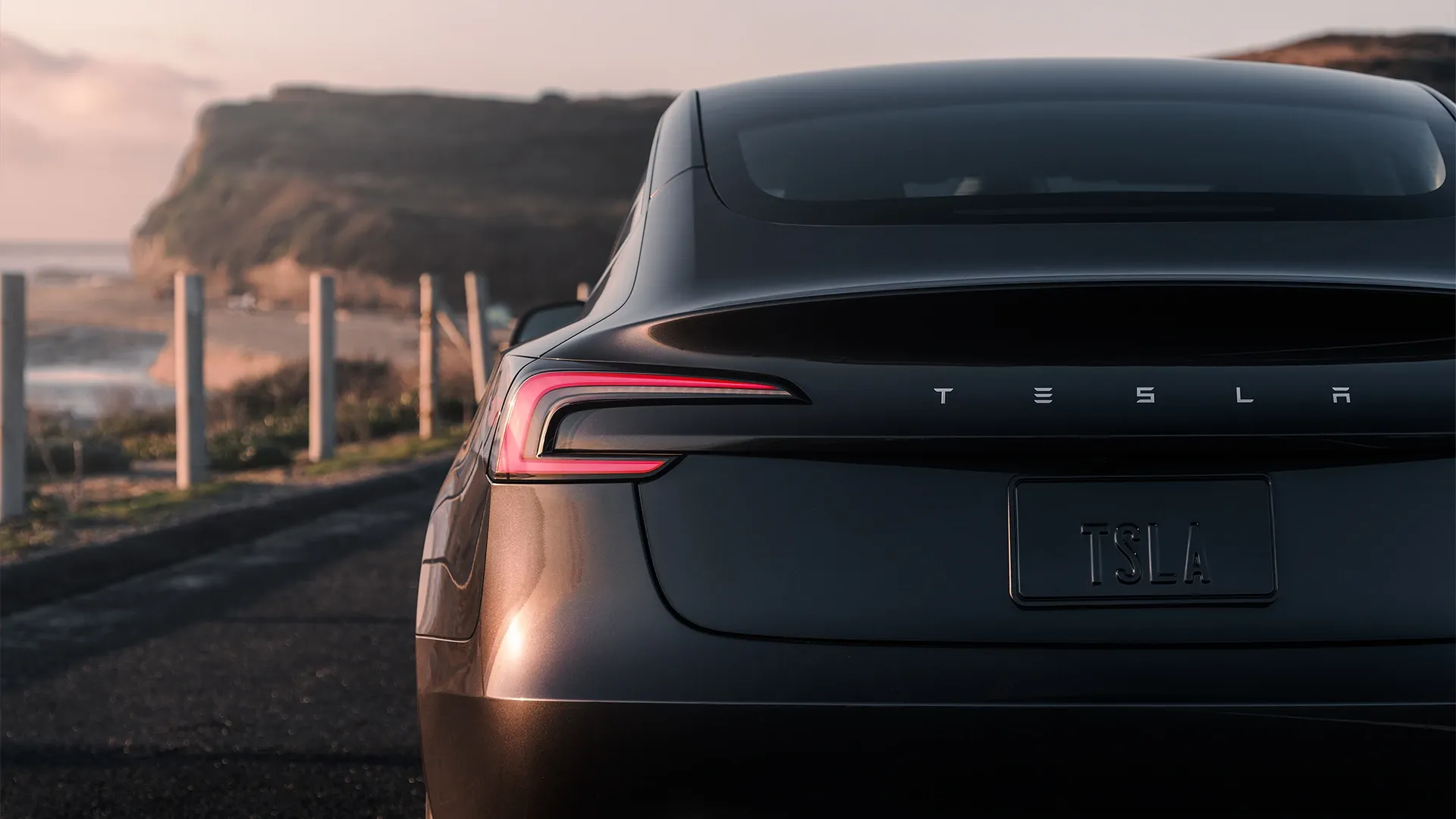
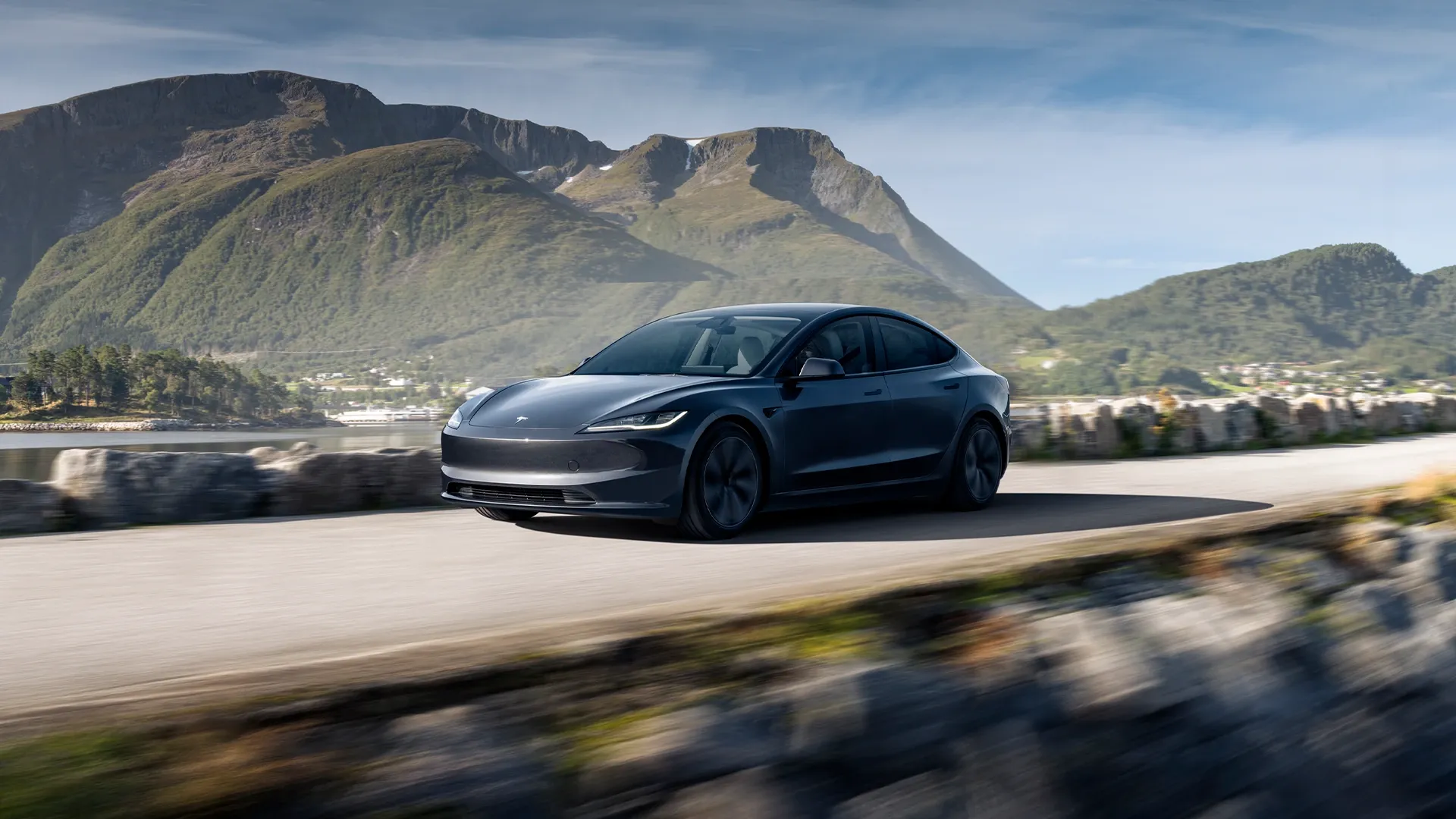
Author: Fabio Isidoro
Founder and editor-in-chief of Canal Carro, he dedicates himself to exploring the automotive universe with depth and passion. A car and technology enthusiast, he produces technical content and in-depth analyses of national and international vehicles, combining quality information with a critical eye for the public.

